

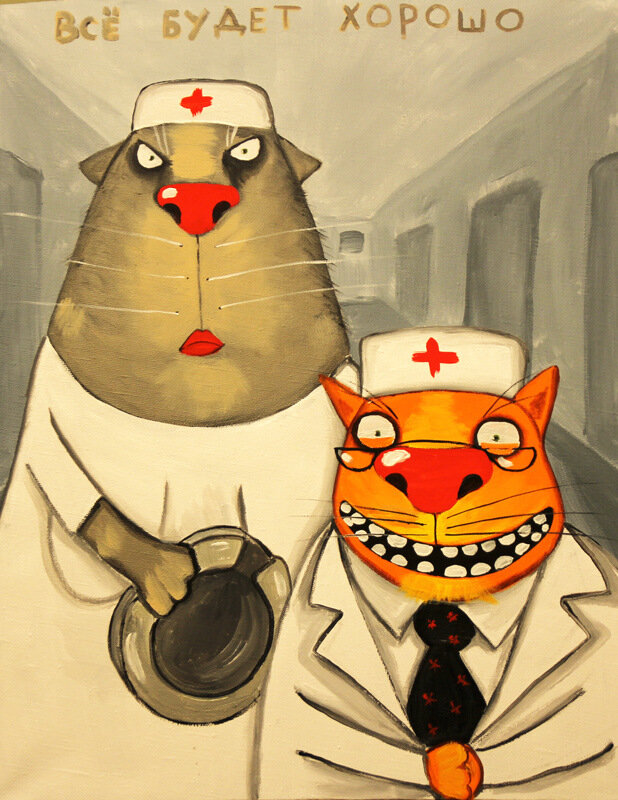


















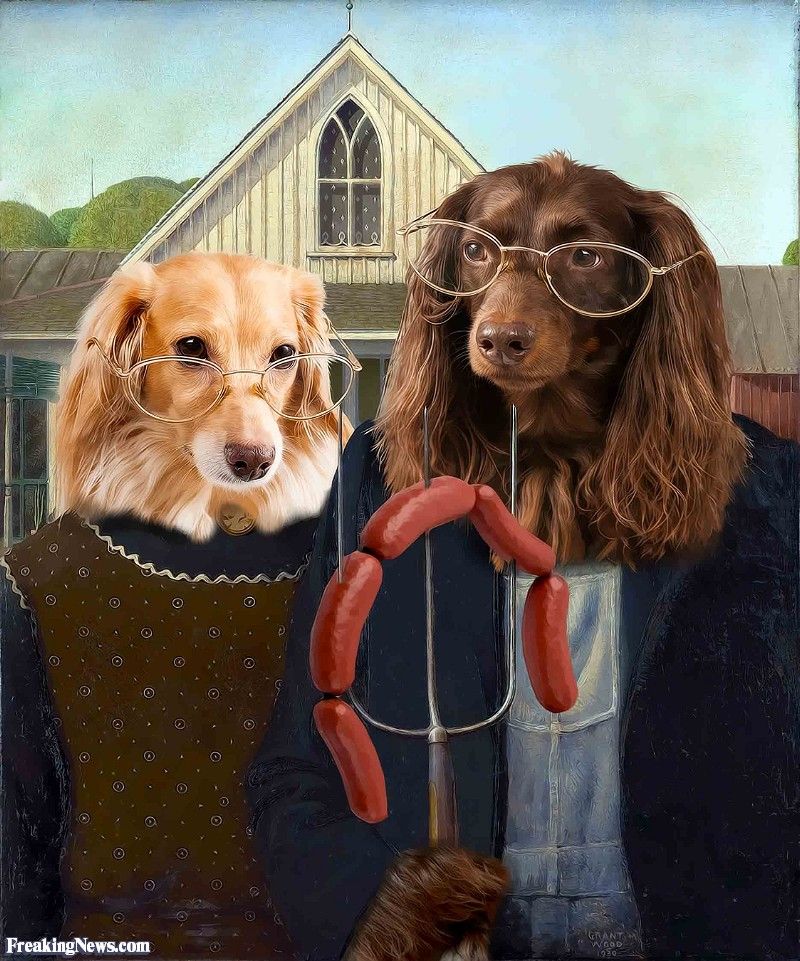


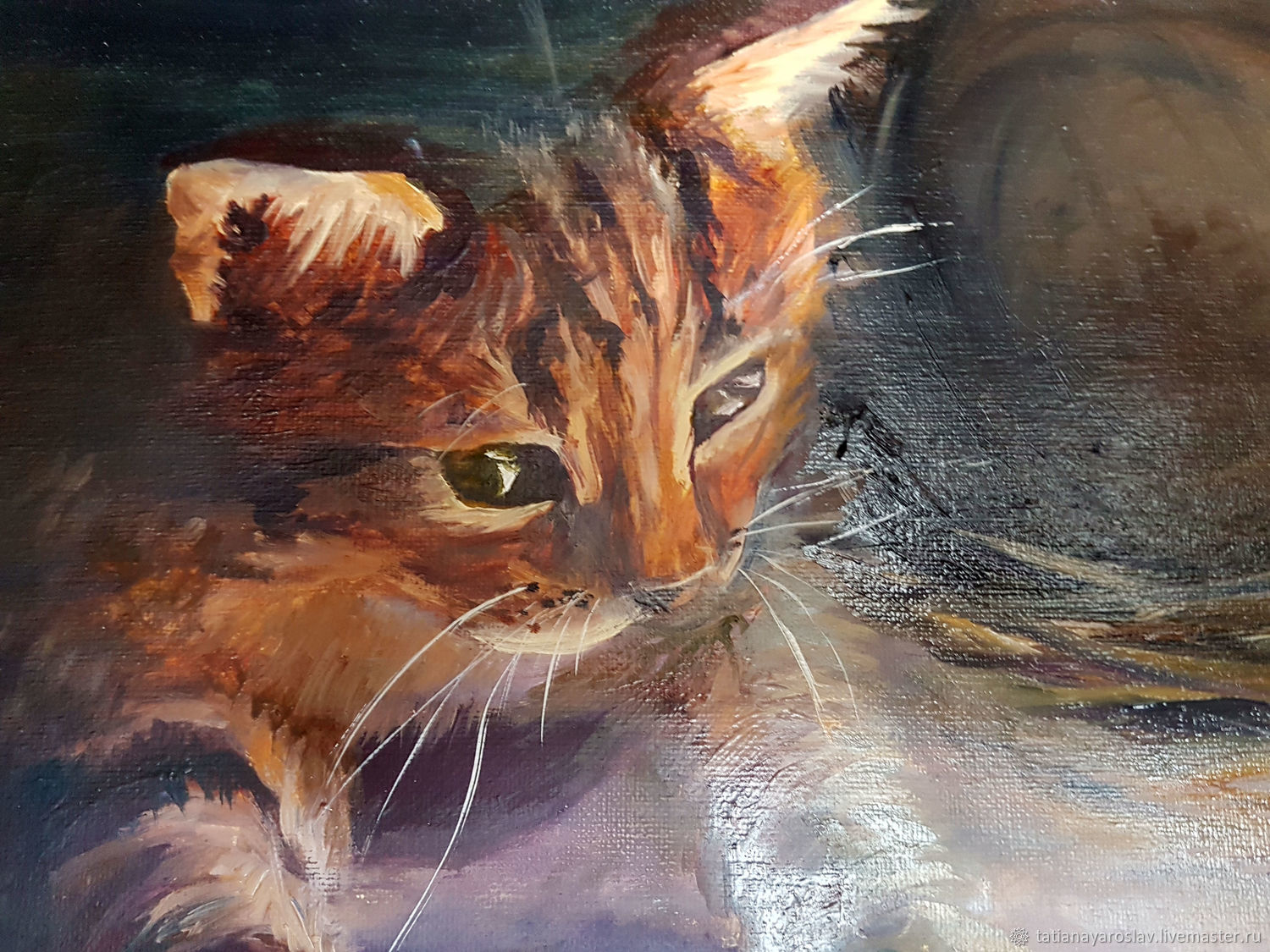














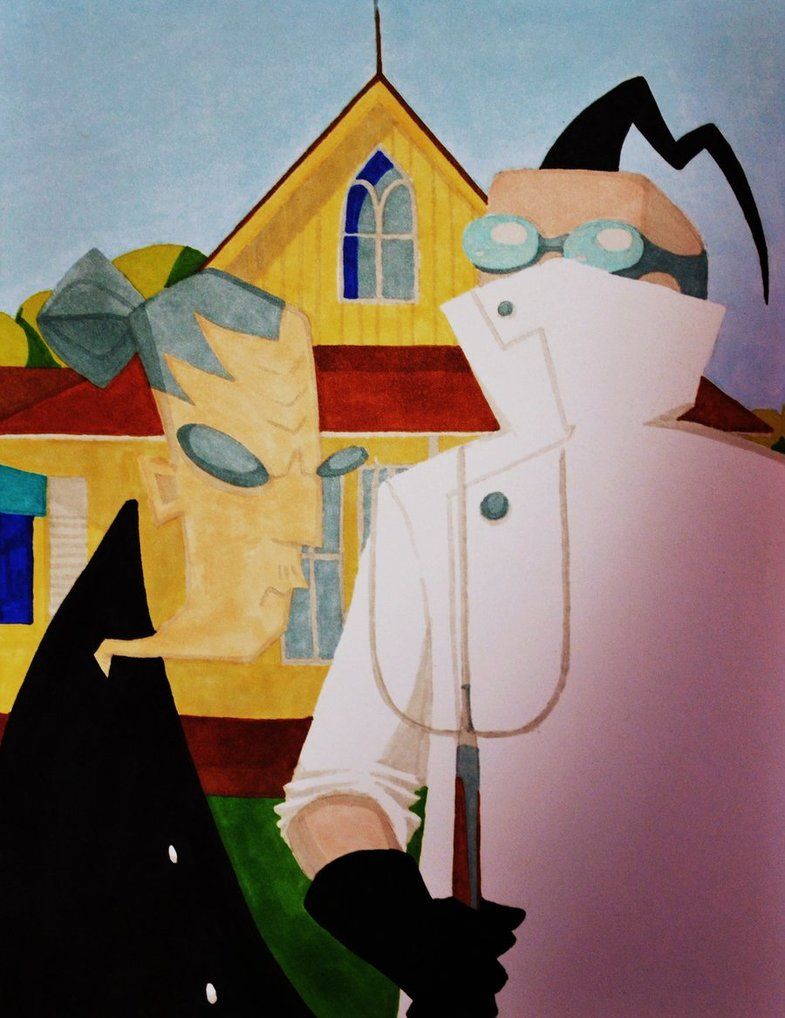




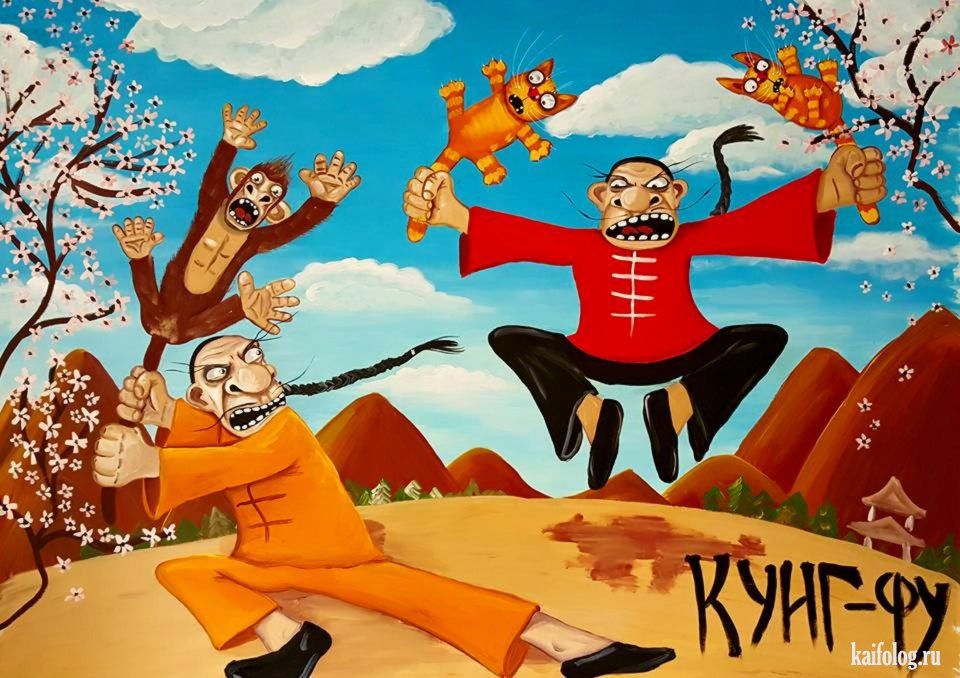










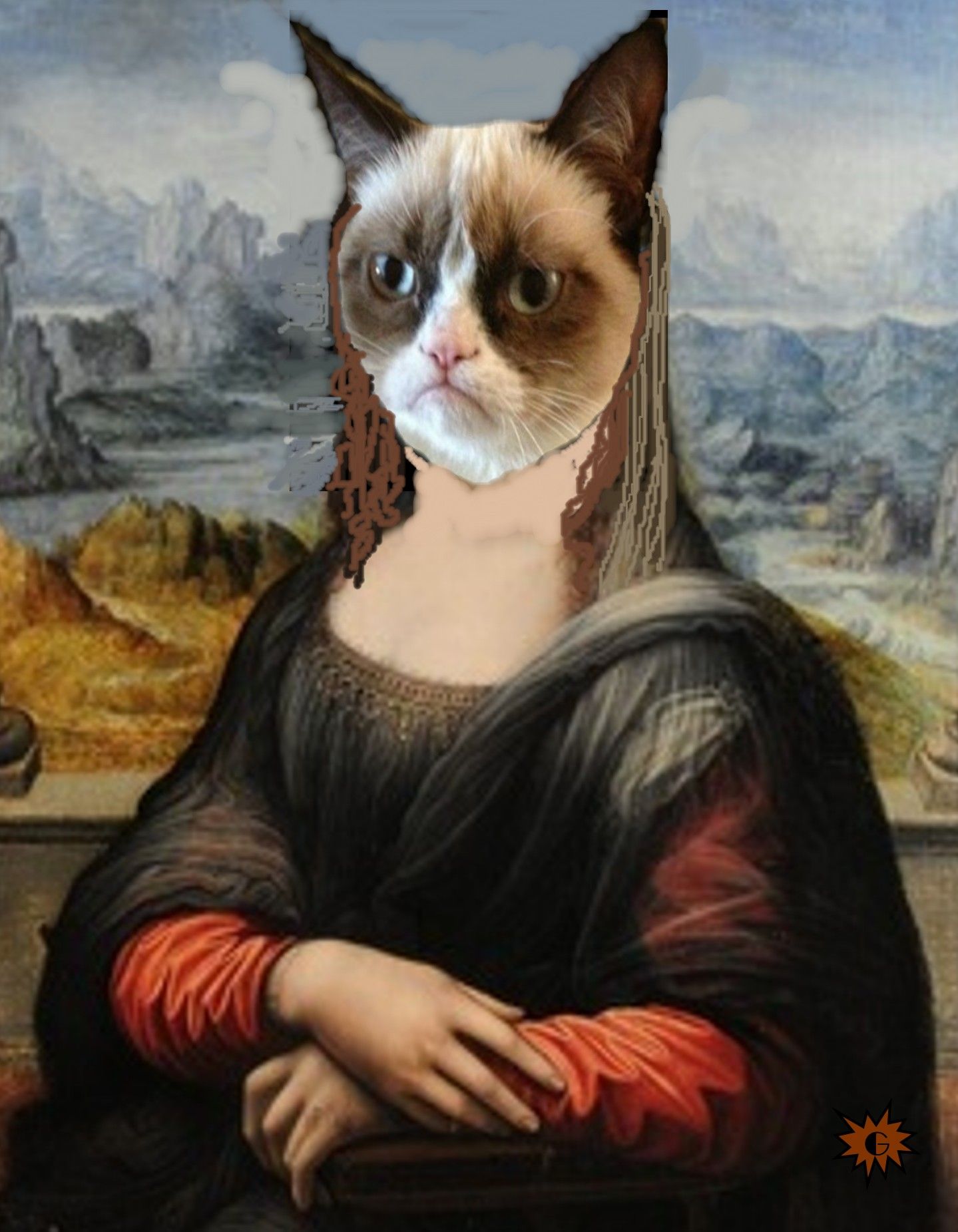


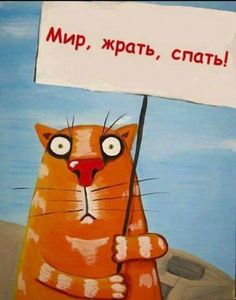






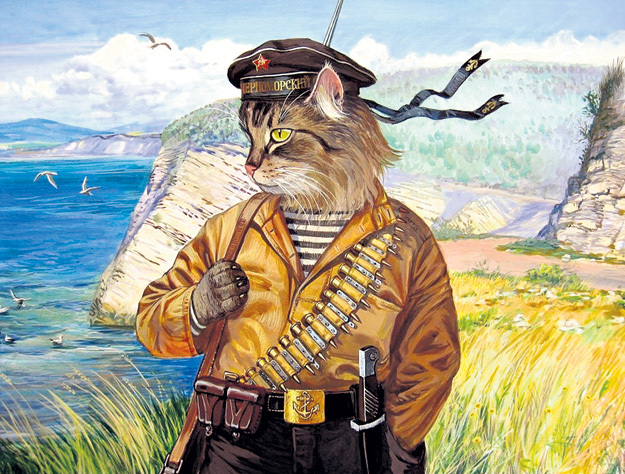



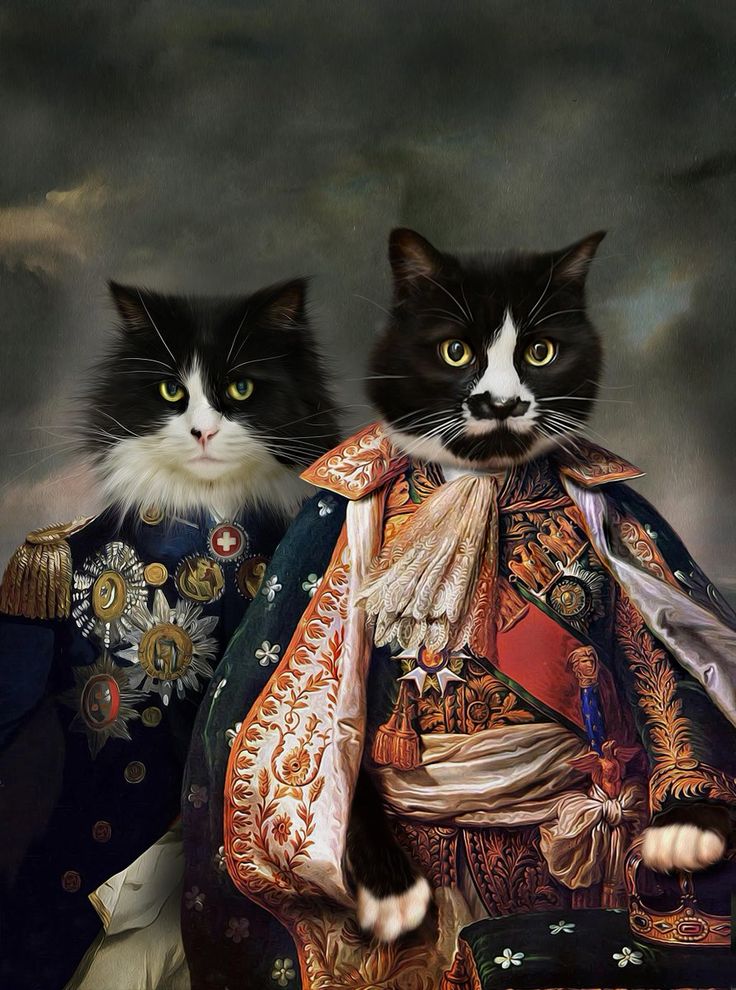









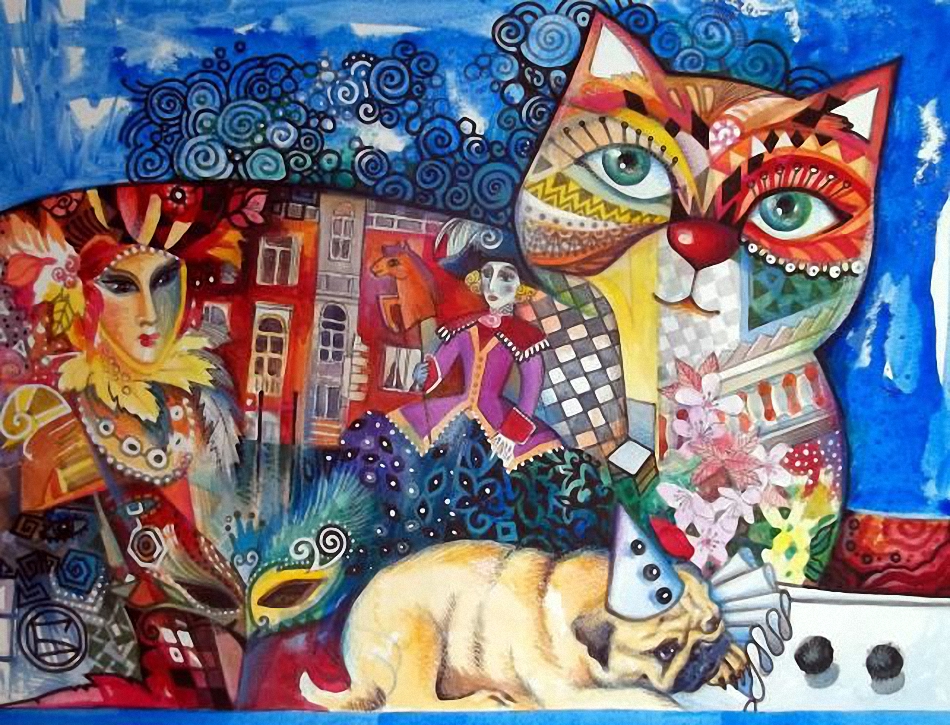
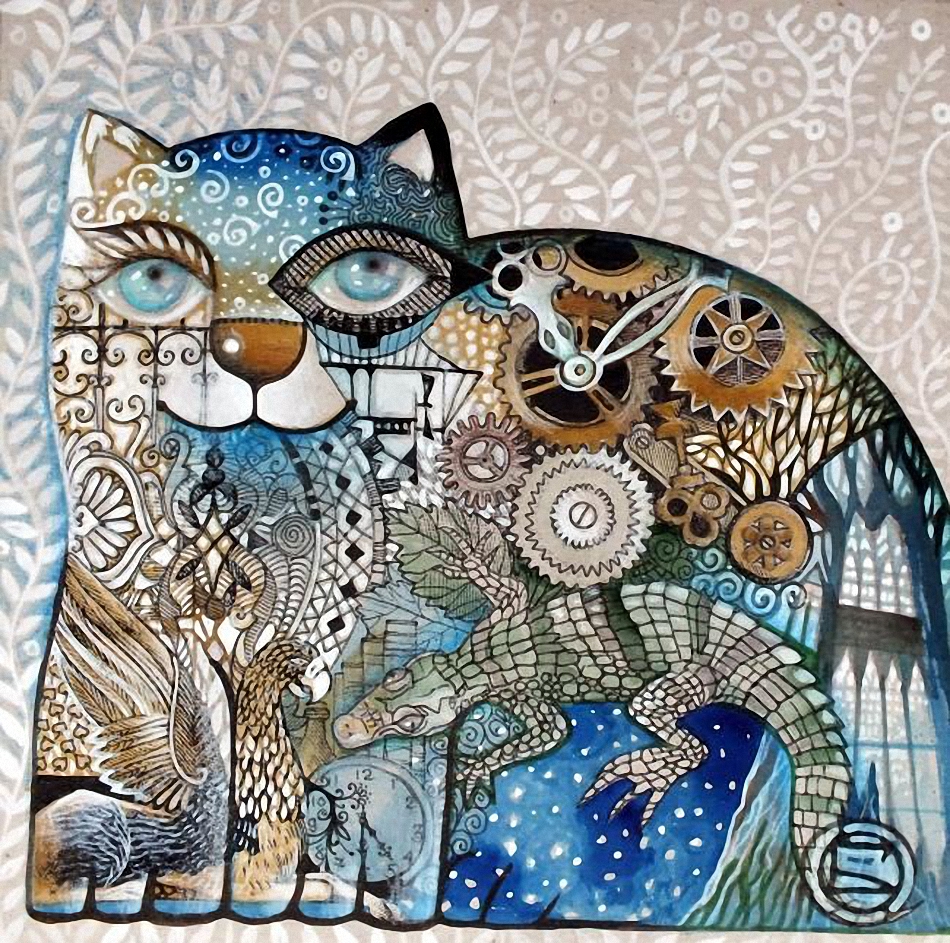

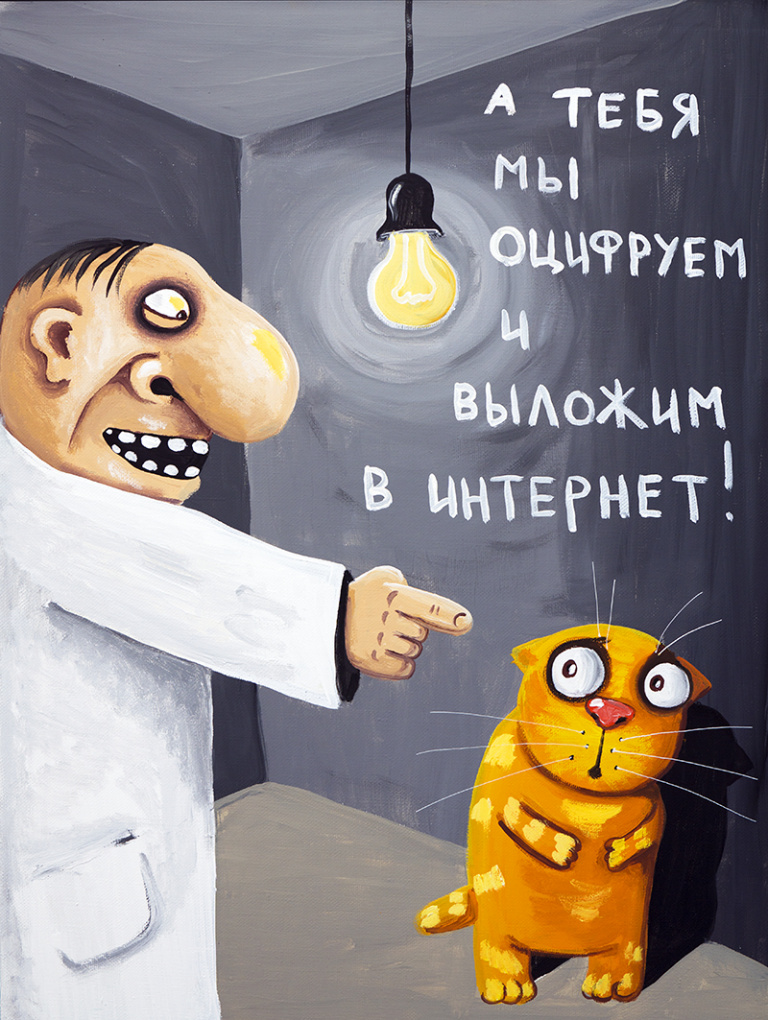










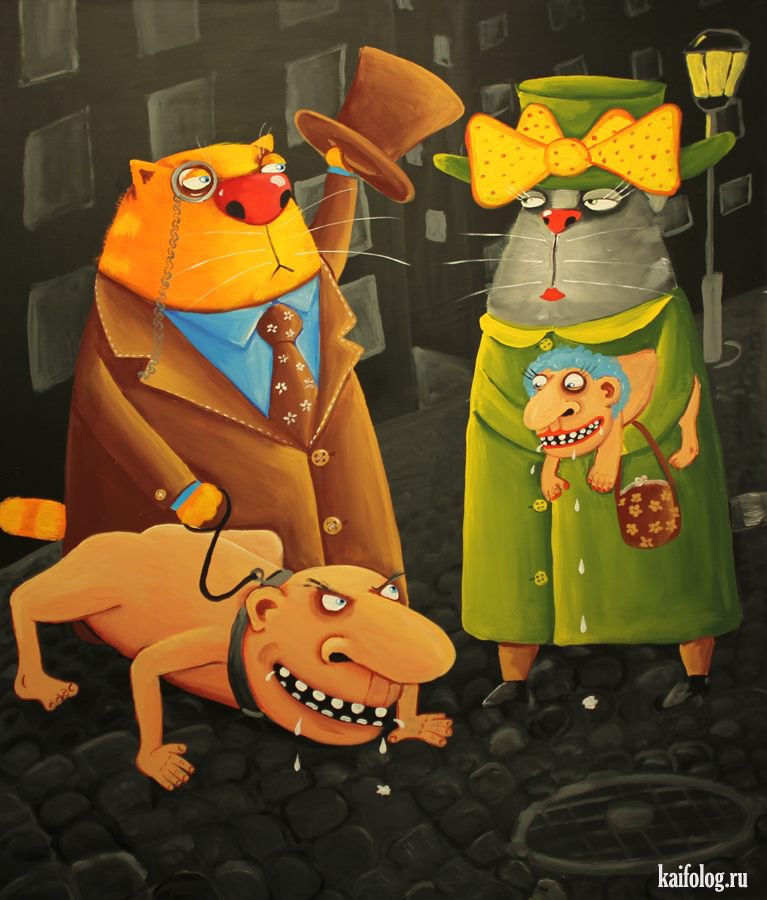

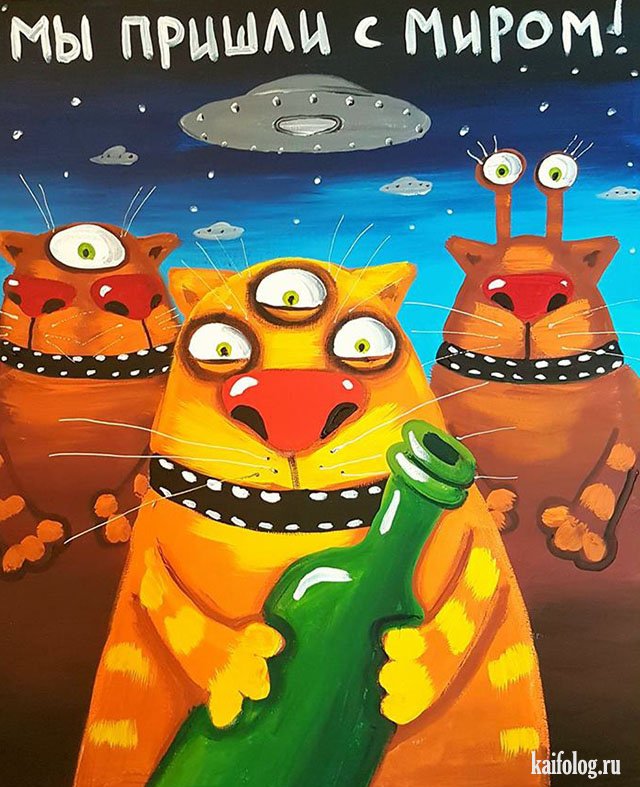
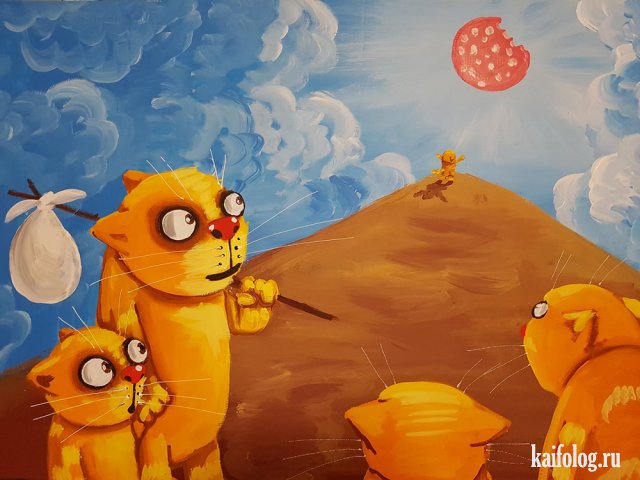





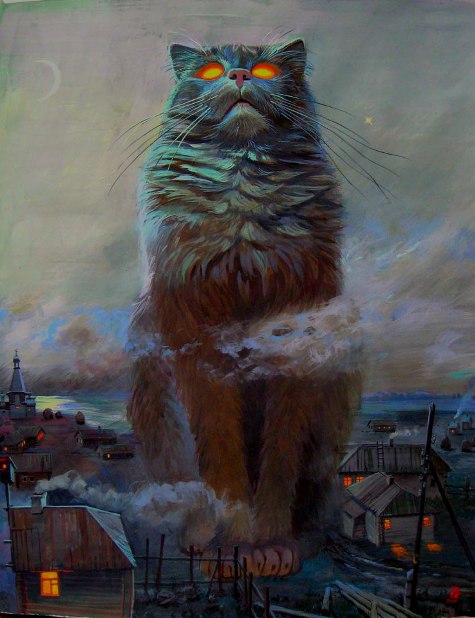




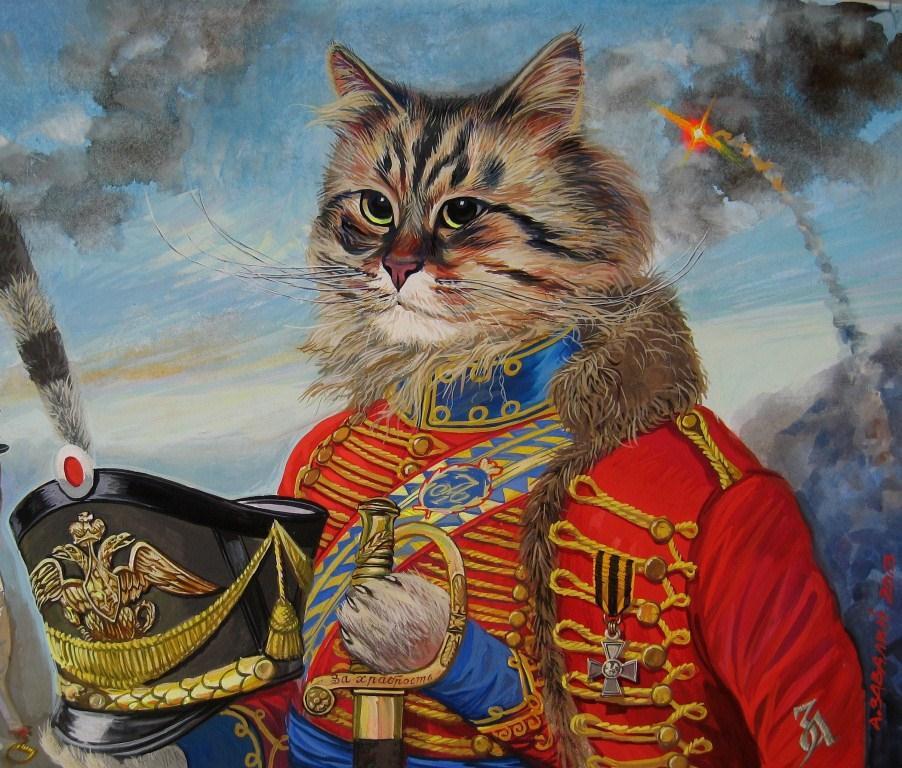
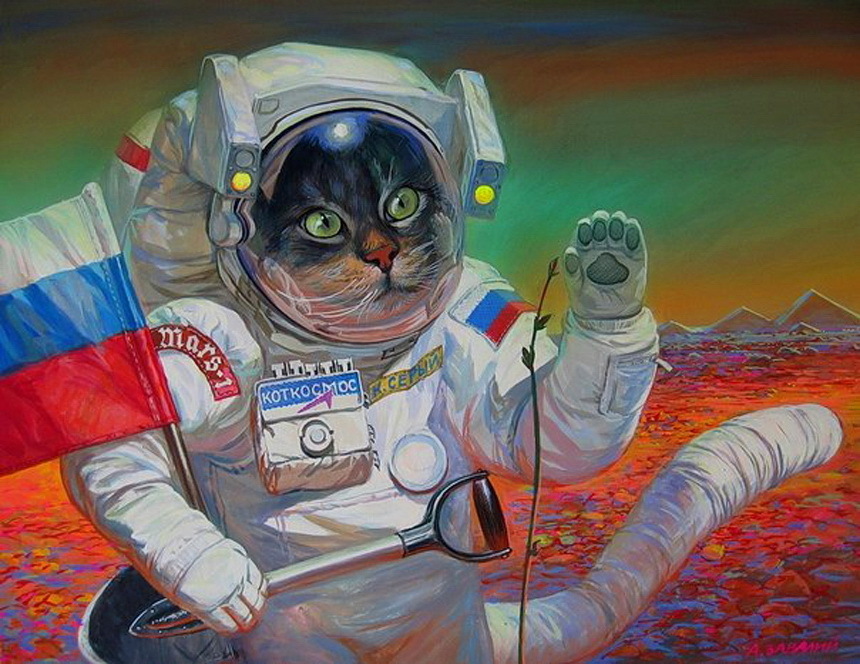



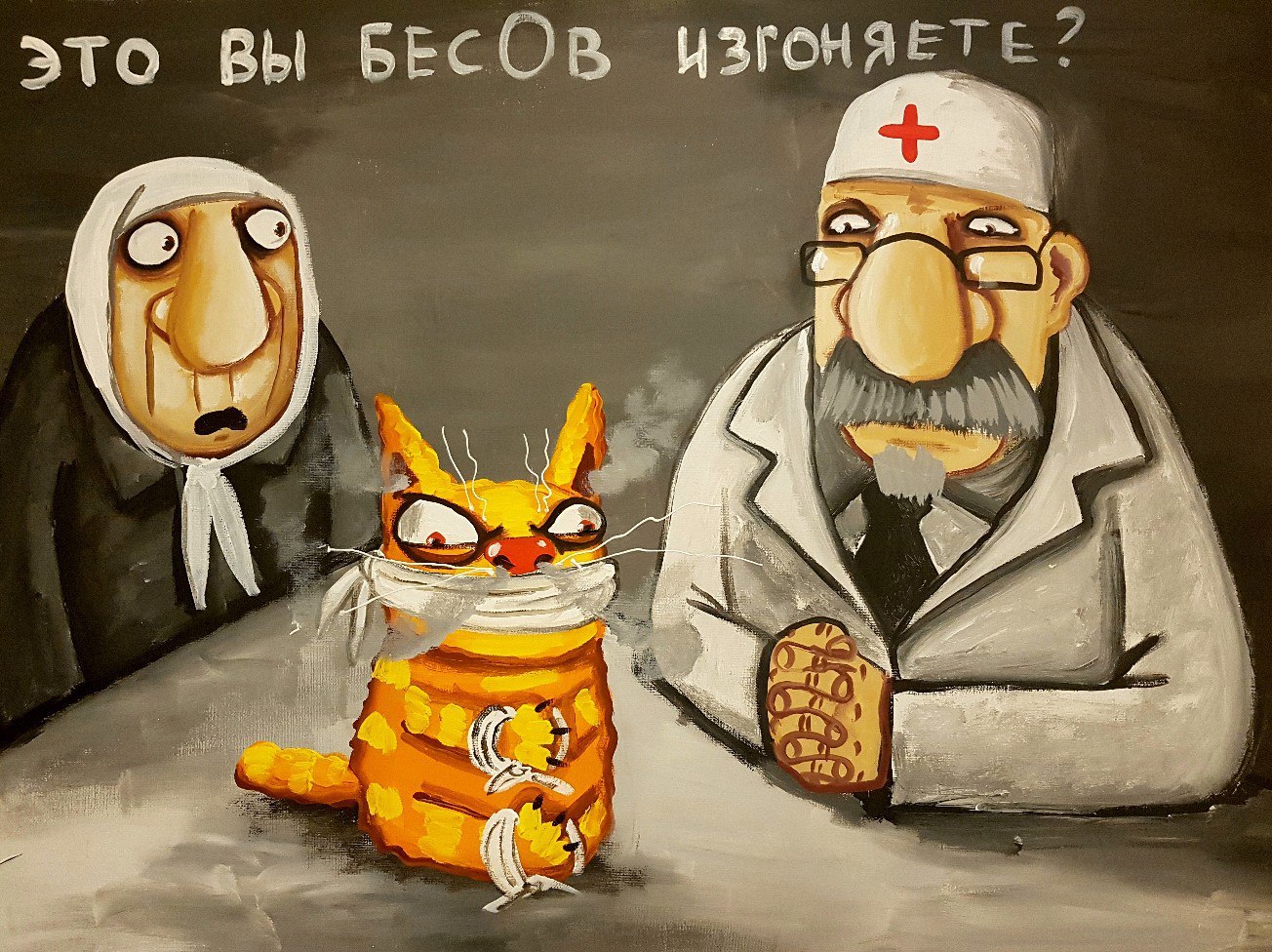
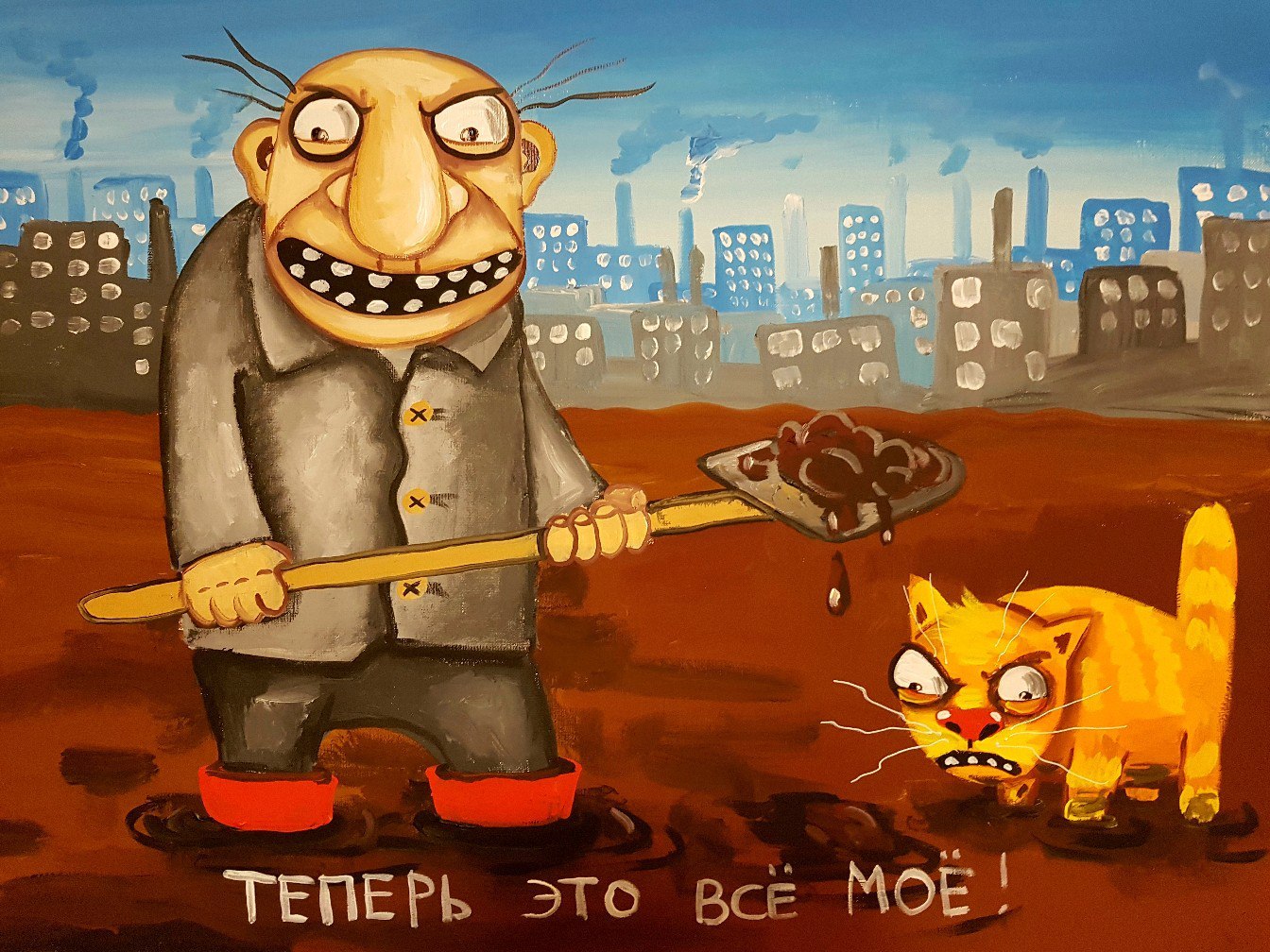


























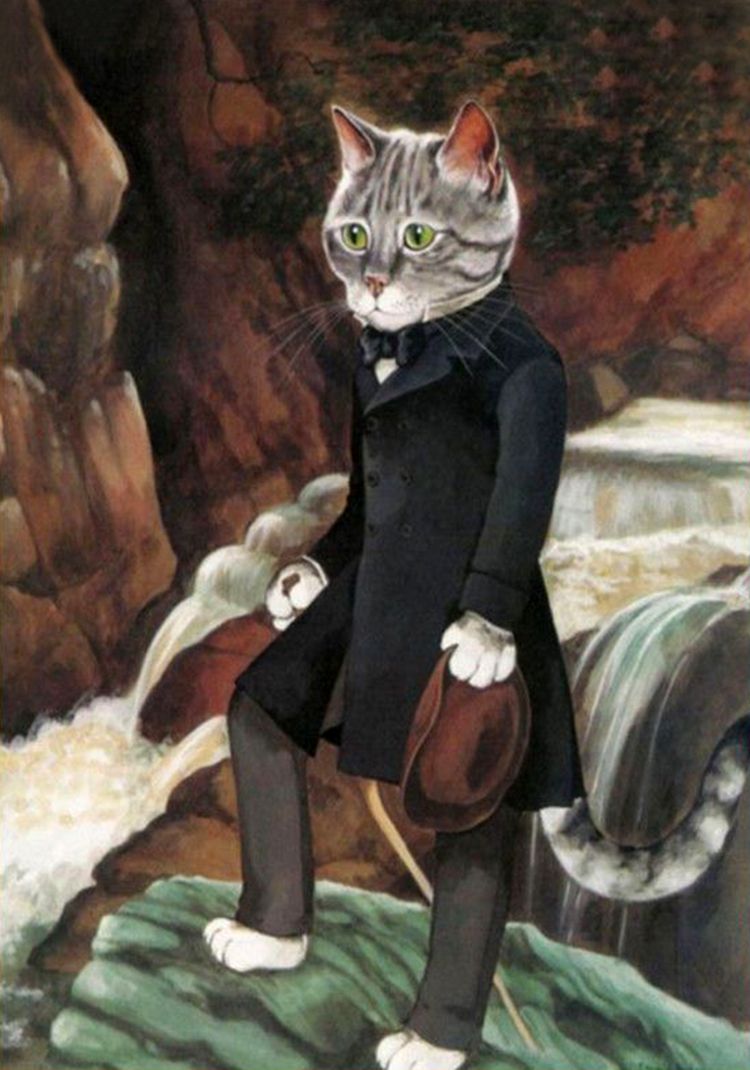





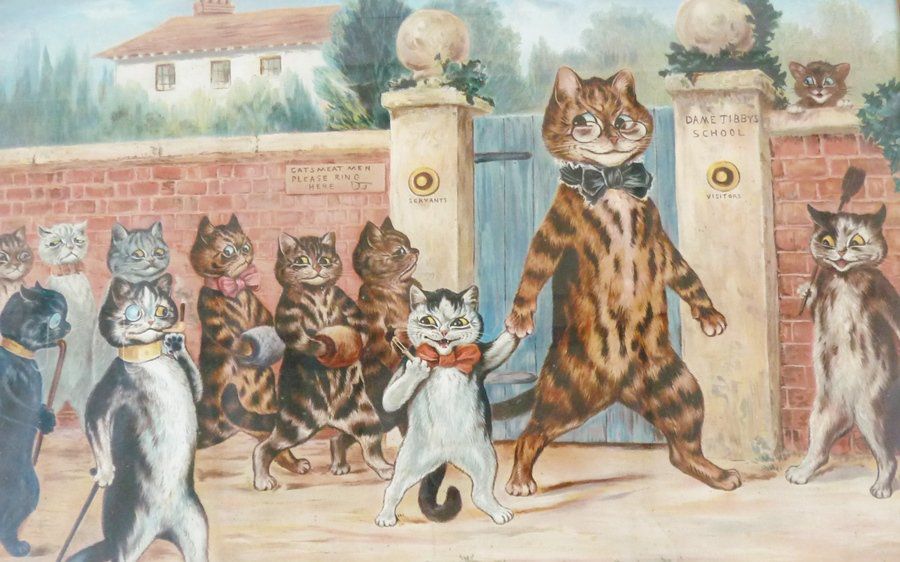




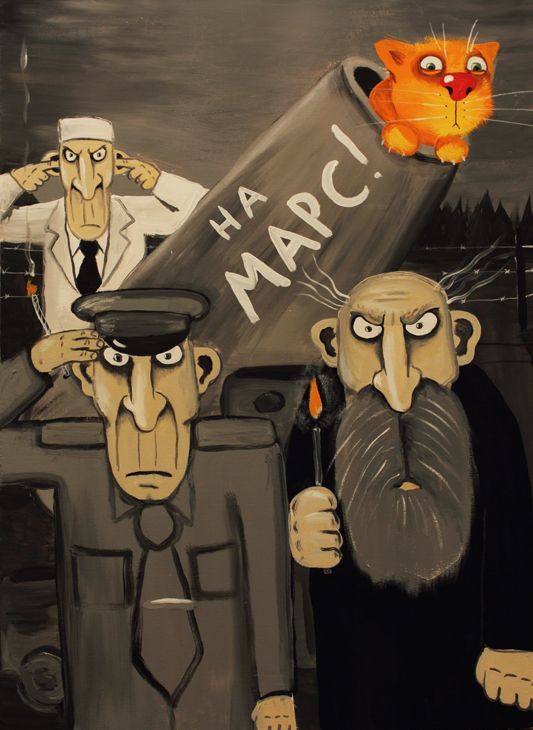












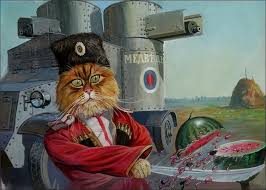















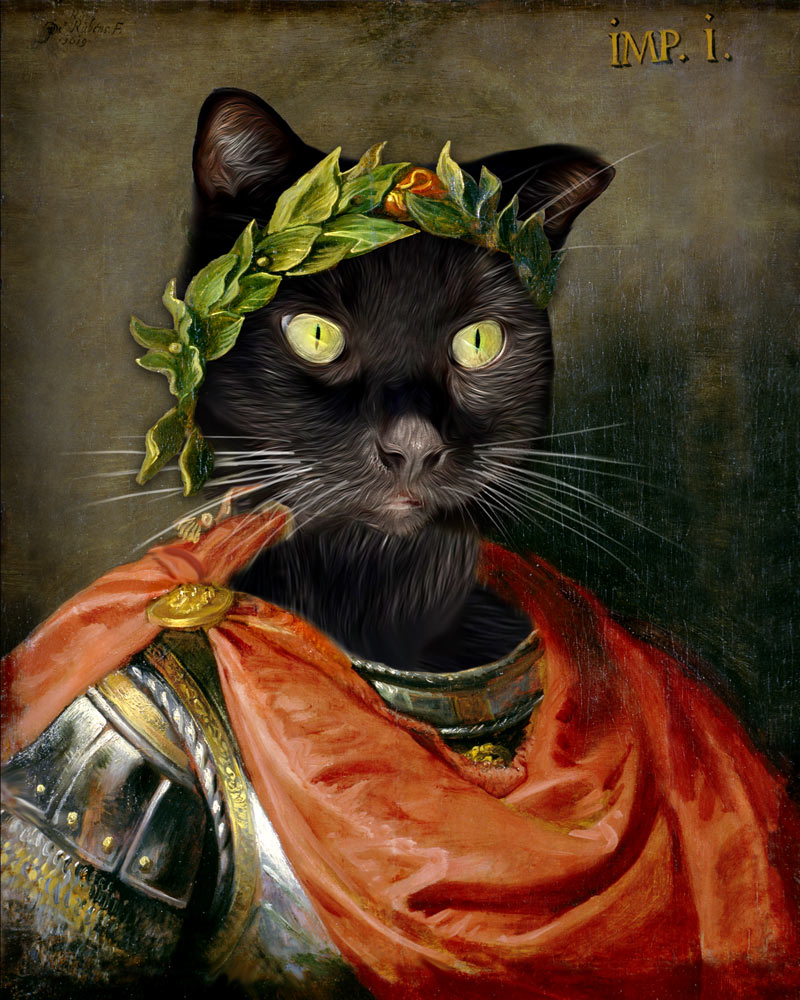





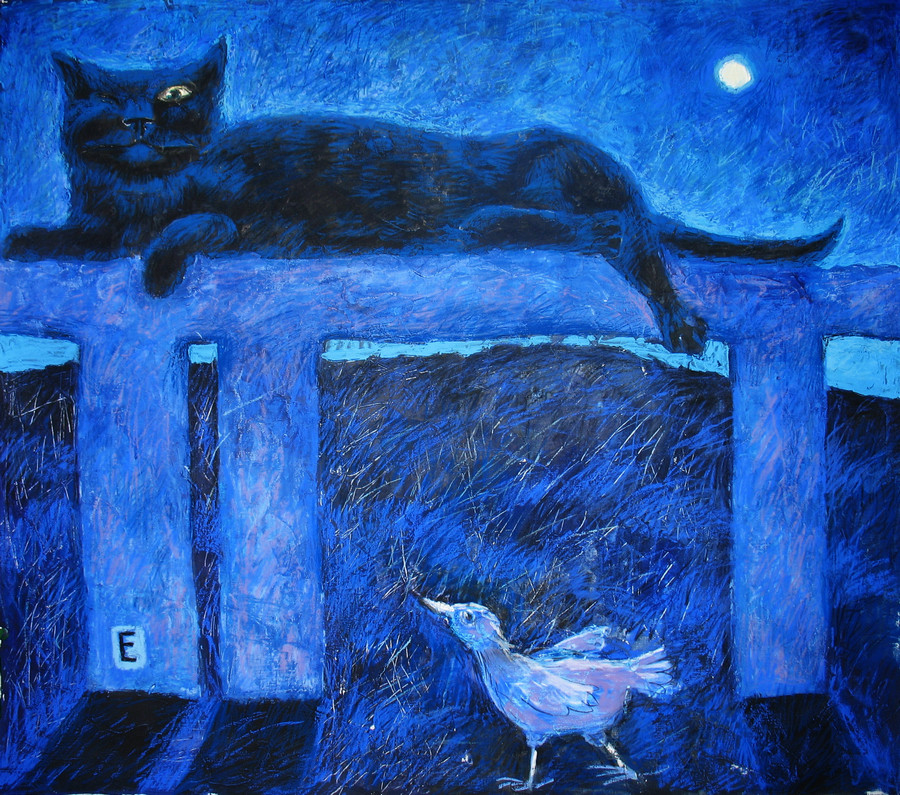

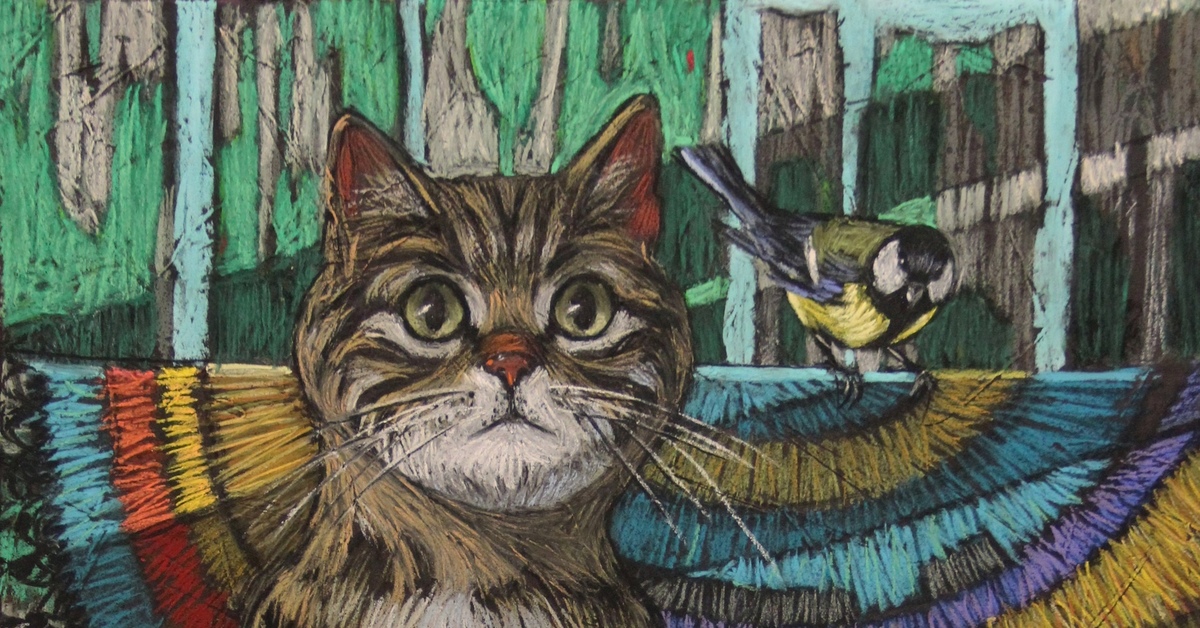



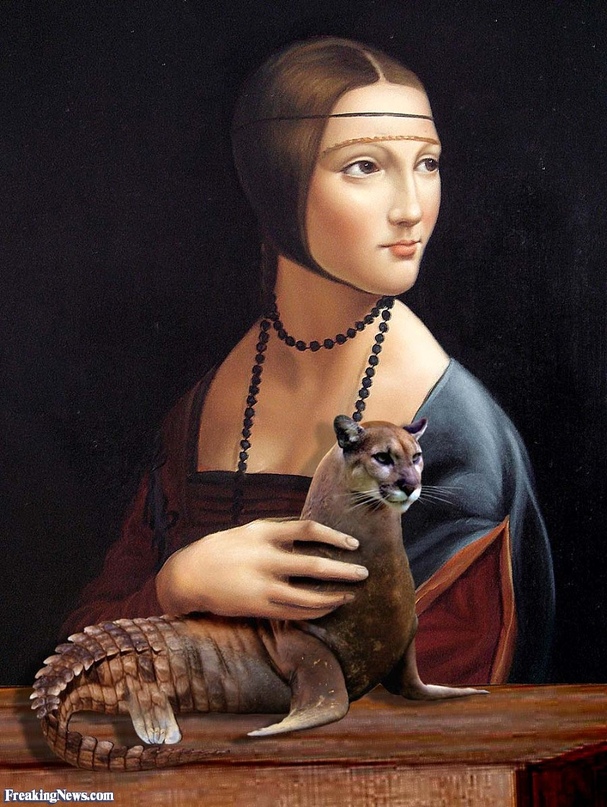

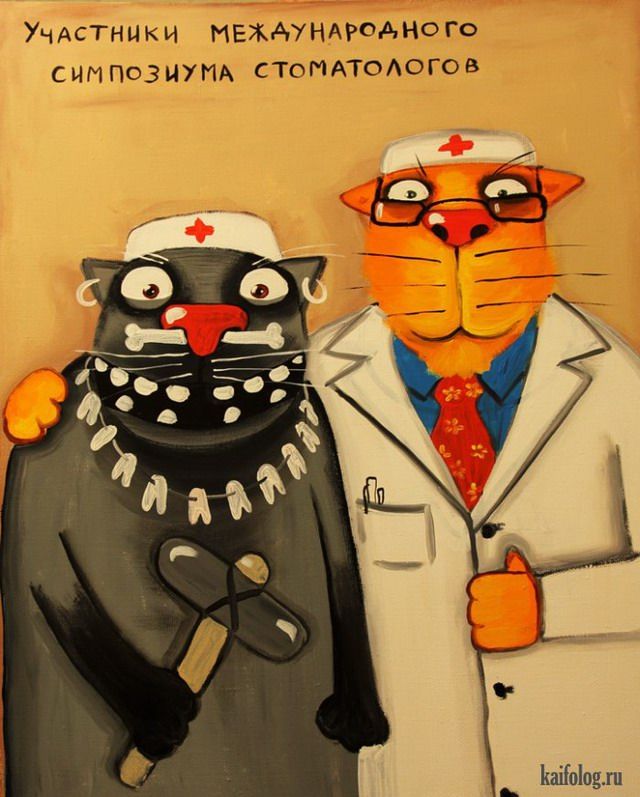

















































































































































































































| Хронология состояния человека |
 диски окрашиваются в цвет по мере приближения к настоящему времени (дальнейшее объяснение см. ниже & dArr; ) диски окрашиваются в цвет по мере приближения к настоящему времени (дальнейшее объяснение см. ниже & dArr; ) |
||
| I. КОСМОЛОГИЧЕСКИЕ АНТЕЦЕДЕНТЫ | ||
 13 800 000 000 13 800 000 000 |
Сингулярность Большого взрыва, создание всех частиц материи и двойника антивещества и законы физики, регулирующие их взаимодействия; расширение и охлаждение пространства & rarr; формирование наблюдаемой Вселенной, ее галактики , солнечные системы, звезды , планеты, луны, астероиды, кометы и вода | |
 12 000 000 000 12 000 000 000 |
формирование галактики Млечный Путь из 100 миллиардов звезд, теперь одна из 2 триллиона галактик в наблюдаемой Вселенной | |
 4 600 000 000 4 600 000 000 |
образование Солнца и Солнечной системы внутри Млечного Пути, вращающееся вокруг сверхмассивного черная дыра в ее Галактическом центре каждые 240 миллионов лет | |
 4 500 000 000 4 500 000 000 |
образование планеты Земля с протяженностью 510 миллионов км & sup2; площади поверхности, вращающейся вокруг Солнца в годовом цикле, ежедневно вращающейся вокруг наклонной оси, которая увековечивает противоположные полярные сезоны | |
 4 400 000 000 4 400 000 000 |
формирование атмосферы Земли и океаны | |
| II. ЧЕЛОВЕЧЕСКОЕ ПРЕДПРИЯТИЕ И ЭВОЛЮЦИЯ 1. Эволюция жизни на Земле |
||
 4 100 000 000 4 100 000 000 |
древнейшая форма жизни на Земле: одноклеточные прокариотические археи ( хадейцы Eon ) | |
 3 500 000 000 3 500 000 000 |
фотосинтезирующие бактерии среди архей ( архейский Eon) | |
 3 400 000 000 3 400 000 000 |
самый ранний атмосферный кислород, присутствующий в низких концентрациях ( архейский Eon) < / td> | |
 2,500,000,000 2,500,000,000 |
накопление кислорода ( протерозойский эон), продукт фотосинтеза | |
 2,100,000,000 2,100,000,000 |
самая ранняя многоклеточная жизнь с передачей сигналов от клетки к клетке и скоординированными ответами ( протерозойский Eon) | |
 1,450,000,000 1,450,000,000 |
самые ранние эукариоты среди прокариот: половое размножение с мейозом и рекомбинацией ( протерозойский эон) < / td> | |
 800 000 000 800 000 000 |
самые ранние Metazoa (животные) среди эукариот: черви и медузы ( протерозойские < / a> Eon) | |
 540 000 000 540 000 000 |
самые ранние хордовые у метазоа (ранний кембрийский период): хорда и глотка жаберные щели | |
 480 000 000 480 000 000 |
излучение позвоночных среди хордовых ( ордовикский период): водные животные с минерализованным скелетом, доспехи и чешуя | |
 445 000 000 445 000 000 |
массовое вымирание за два импульса за 1 миллион лет, уничтожившее более трех четвертей всех видов (late Ордовик ), связанный с вулканической активностью | |
 394 000 000 394 000 000 |
самые ранние четвероногие среди позвоночных ( девонский период): конечности заменяли парные плавники; все еще полностью водный | |
 385 000 000 385 000 000 |
самые ранние леса ( девонский период, Нью-Йорк, США) & rarr; трехмерная земная среда обитания, восходящая атмосферная O & # x2082; и уменьшение CO & # x2082; | |
 375 000 000 375 000 000 |
массовое вымирание в серии импульсов за 20 миллионов лет, уничтожившее более двух третей всех видов (позднее девонский ), связанный с похолоданием климата | |
 350 000 000 350 000 000 |
самые ранние наземные позвоночные ( каменноугольный период): полуводные амфибии четвероногие. | |
 340,000,000 340,000,000 |
самые ранние полностью наземные позвоночные четвероногие, откладывающие яйца амниот (ранний каменноугольный период) | |
 251 900 000 251 900 000 |
Крупнейшее массовое вымирание на Земле, уничтожившее девяносто процентов всех видов за 61 тысячу лет ( Пермь - триасовый переход), вызванный горячим и подкисляющим вулканическим CO & # x2082; выбросы | |
 233 000 000 233 000 000 |
Рассвет современного мира: крупный биологический круговорот, связанный с вулканизмом ( поздний триас ) & rarr; быстрая диверсификация и происхождение хвойных деревьев, насекомых, динозавров, рептилий и стволовых млекопитающих | |
 201 300 000 201 300 000 |
событие массового вымирания, в результате которого погибло более двух третей всех видов ( триасовый период - юрский переход), связанный с вулканическим CO & # x2082; эквивалентно прогнозам антропогенных выбросов 21 века | |
 178 000 000 178 000 000 |
самые ранние настоящие млекопитающие среди наземных позвоночных ( юрский период) : мех и эндотермия | |
 135 000 000 135 000 000 |
основная радиация цветковых растений и их насекомых-опылителей в раннем меловом периоде : "отвратительная тайна" (Чарльз Дарвин, 18 79 ) | |
 66 000 000 66 000 000 |
внезапное исчезновение динозавров вместе с тремя четвертями всех видов после удара астероида диаметром 9 км в Мексика ( переход от мела к палеогену ) & rarr; быстрое диверсификацию млекопитающих | |
 55 000 000 55 000 000 |
самые ранние приматы среди млекопитающих ( эоценовый Epoch): брахиация | |
 44 000 000 44 000 000 |
расхождение между приматами Старого Света и Нового Света ( эоцен Epoch): цветовое зрение, противопожарный большой палец, социальные сети | |
 25 200 000 25 200 000 |
самые ранние гоминоиды (обезьяны) среди приматов Старого Света ( Танзания , эпоха олигоцена): увеличенный мозг, бесхвостый | |
 16 800 000 16 800 000 |
самые ранние гоминиды (человекообразные обезьяны) среди гоминоидных гиббонов вАзия : больший размер тела и половой диморфизм; создание гнезд, игры, сочувствие | |
 13 000 000 13 000 000 |
большая обезьяна Pierolapithecus catalaunicus в Испании , возможно гоминид предок гомининов и людей | |
 7 000 000 7 000 000 |
самые ранние гоминины Sahelanthropus , затем Orrorin и Ardipithecus среди гоминидов в Африка : уменьшенные клыки, привычка к древесному виду, способность к двуногому движению | |
 4 200 000 4 200 000 |
замена самых ранних гомининов Australopithecus spp. в Африке : полная двуногость | |
 3 300 000 3 300 000 |
самые ранние каменные артефакты ( Кения ): ломеквийские инструменты & rarr; технологическое поведение гомининов | |
| 2. Эволюция человека |
||
 2 800 000 2 800 000 |
самый ранний человек, Homo sp. ( Леди-Герару , Эфиопия): округлый подбородок как Australopithecus afarensis , но меньше и тоньше коренные зубы как более поздние Homo habilis | |
 2 700 000 2 700 000 |
рост сосуществующего рода гомининов Paranthropus ( Восточная Африка < / a>) | |
 2 600 000 2 600 000 |
самые ранние каменные орудия труда, созданные людьми ( Гона , Эфиопия): олдовские инструменты, рубить мясо, кость, кору | |
 2 588 000 2 588 000 |
начало текущего геологического периода четвертичного периода оледенение | |
 2,400,000 2,400,000 |
Homo habilis в Африка , используя каменные инструменты для отделения мяса от костей | |
 2 120 000 2 120 000 |
самые ранние свидетельства существования предков человека за пределами Африки: гоминины, использующие инструменты в Шангчен , южный Китай | |
 2 000 000 2 000 000 |
ранний Homo erectus , прямой предок современного человека, сосуществующий с Australopithecus (вскоре вымерший) и Paranthropus (South Africa): enlarged brain and smaller teeth | |
 1,800,000 1,800,000 |
migrations of Homo erectus from Africa to Евразия ( Грузия ; на Lantian на севере Китая, 1,63 миллиона лет назад; на Java 1,5 миллиона лет назад) | |
 1,700,000 1,700,000 |
самые ранние каменные ручные топоры ( Танзания ): ашельские инструменты, стандартизированные для разделки, разделки и т. зачистка, удар, сверление и рарр; мобильность населения | |
 1,400,000 1,400,000 |
самые ранние органические инструменты: ручной топор из кости бегемота ( Эфиопия ) и rarr ; сознательный символизм ? | |
 1,400,000 1,400,000 |
замена Homo habilis на Homo erectus в Африка , возможное употребление речи | |
 1 000 000 1 000 000 |
исчезновение Paranthropus ( Южная Африка ), наш последний оставшийся род братьев и сестер | |
 1 000 000 1 000 000 |
Самое раннее контролируемое использование огня, связанное с Homo erectus ( Юг Африка ), уникальные человеческие способности & rarr; готовишь еду? | |
 900 000 900 000 |
Homo antecessor в Западной Европе ( Atapuerca , Испания ), тесно связанный с последним общим предком неандертальцев, денисовцев и современного человека | |
 900 000 900 000 |
кремневые скребки, связанные с Homo antecessor ( Atapuerca , Испания ), подходит для обработки шкур животных & rarr; одежда? | |
 700 000 700 000 |
миниатюрный Homo floresiensis на индонезийском острове Флорес , вероятный потомок Homo erectus | |
 600 000 600 000 |
рост Homo heidelbergensis в Африке и Европа , возможный предок Homo sapiens и Homo неандертальцы | |
 500 000 500 000 |
самые ранние абстрактные обозначения: зигзагообразная гравировка на раковине, сделанная Homo erectus ( Индонезия ) & rarr; уникальная человеческая способность к абстракции | |
 500 000 500 000 |
Самое раннее использование копий с каменными наконечниками, автор Homo heidelbergensis ( Южная Африка ) для охоты на крупную дичь | |
 450 000 450 000 |
рост неандертальцев Homo neanderthalensis в Европе | |
 430,000 430,000 |
последнее отделение денисовцев от их сестринской группы неандертальцев ( Денисова пещера , Сибирь) & rarr; Тибетское плато 160 000 лет назад; последующее скрещивание | |
 315 000 315 000 |
самые ранние представители нашего вида, Homo sapiens ( Jebel Irhoud , Марокко; также в Южной Африке 260 000 лет назад) & rarr; упадок Homo heidelbergensis | |
 210 000 210 000 |
Homo sapiens входит в Евразию ( Греция ), вероятно, одно из множества расселений ранних современных людей из Африки | |
| III. КУЛЬТУРНОЕ РАЗВИТИЕ 3. Кочевники-охотники-собиратели |
||
 176 000 176 000 |
самые ранние постройки: постройки неандертальцев из сломанных сталагмитов ( пещера Брюникеля , Франция ) | |
 170 000 170 000 |
широкое использование одежды, отличающее людей от всех других животных, о чем свидетельствует отличие вшей от вшей от вшей ( Африка ) | |
 115 000 115 000 |
Самое раннее символическое искусство: морские раковины, окрашенные минеральными пигментами неандертальцами ( Пещера Лос-Авионес , Испания) | |
 110 000 110 000 |
последнее появление Homo erectus ( Нгандонг < / a>, Java), самый долгоживущий вид человека | |
 100 000 100 000 |
скрещивание Homo sapiens с Homo neanderthalensis ( Сибирь ) | |
 100 000 100 000 |
самые ранние человеческие офорты на скале: украшения или символы в виде крестовин ( Бломбос-Кав д, Южная Африка) | |
 75 000 75 000 |
самые ранние украшения, сделанные из ниток бусинок ракушек ( пещера Бломбос , Южная Африка) | |
 73 000 73 000 |
самый ранний рисунок человека на скале с красной охрой ( Пещера Бломбос , юг Африка) | |
 71 000 71 000 |
самое раннее использование термообработанных лезвий для дротиков или стрел atlatl ( Южная Африка ) : связь сложных технологий & rarr; появление современного мышления | |
 65 000 65 000 |
колонизация Австралии людьми (древний Сахул): maritime exploration by Homo spp | |
 64,800 64,800 |
самые ранние символические наскальные рисунки неандертальцев ( Пещера Ла-Пасьега , Испания) | |
 60 000 60 000 |
захоронение умерших неандертальцами (Ла-Шапель-о-Сен , Франция) | |
 57 000 57 000 |
самая ранняя запись с отметками в виде зубчатой кости ( горы Лебомбо , Южная Африка ) & rarr; ведение документации | |
 50 000 50 000 |
Самое раннее использование веревки, трехслойной веревки из волокон коры ( Abri дю Мара , Франция) | |
 50 000 50 000 |
самая ранняя игла с ушком, сделанная из кости денисовцами (< a href = "http://siberiantimes.com/science/casestudy/news/n0711-worlds-oldest-needle-found-in-siberian-cave-that-stitches-to General-human-history/" target = "_ blank" > Денисова , Сибирь), подходит для пошива одежды | |
 50 000 50 000 |
Технология неандертальского разжигания огня ( Франция ): поражающий кремень топоры с минеральным пиритом & rarr; древесина была преобладающим топливом для приготовления пищи и отопления до XIX века | |
 50 000 50 000 |
Homo sapiens в Евразии сосуществует с Homo floresiensis (скоро вымерший) и Homo luzonensis , скрещивание с неандертальцами и денисовцами | |
 46 000 46 000 |
самые ранние анатомически современные люди , Homo sapiens sapiens , основанные в Европе ( Пещера Бачо Киро , Болгария ) и распространяется на восток. Из Африки ? | |
 45 500 45 500 |
самое раннее изобразительное искусство, красно-охристая композиция с изображением бородавчатых свиней Сулавеси ( Leang Tedongnge , Сулавеси): рассказы | |
 44 000 44 000 |
самая ранняя фигуративная живопись ( остров Сулавеси , Индонезия) териантропы, охотящиеся на аноа и свиней: мифологические истории | |
 42 000 42 000 |
самые ранние музыкальные инструменты: флейты из кости и слоновой кости ( швабская джура , Германия ) & rarr; понятие гармонии? | |
 42 000 42 000 |
самые ранние рыболовные крючки ( Восточный Тимор ) | |
 40 000 40 000 |
анатомически современные люди заменить Неандертальцы, наш последний оставшийся родственный вид. Полный язык | |
 40 000 40 000 |
самая ранняя фигуративная скульптура, фигурка териантропа из слоновой кости с головой льва и человеческим торсом ( Hohlenstein , Германия) | |
 35 000 35 000 |
Самая ранняя полностью человеческая скульптура и женские образы: статуэтка Венеры из слоновой кости мамонта ( Hohle Fels , Германия): тотем плодородия? | |
 32 000 32 000 |
самые ранние поселения в Северной и Южной Америке ( пещера Чикиуите , Мексика) : прибрежная миграция из Азии ? | |
 30 000 30 000 |
самые ранние тканые ткани, сделанные из окрашенных волокон дикого льна ( Джорджия ) & rarr ; корзины, текстильная одежда | |
 29 500 29 500 |
самая ранняя каменная статуэтка: оолитовый известняк с оттенком охры «Венера Виллендорфская» ( Австрия ) | |
 29 000 29 000 |
самые ранние грузила для рыболовных сетей ( Юг Корея ) & rarr; современное промышленное рыболовство в настоящее время занимает 55% площади океана ( 4 & times; сельскохозяйственный район) | |
 24 000 24 000 |
использование ядовитых стрел с деревянным аппликатором рицина ( горы Лебомбо , Южная Африка ) | |
 23 000 23 000 |
первое приручение: собаки от серых волков Canis lupus ( Сибирь < / а>) & rarr; 700 миллионов собак от 21 века | |
 20 000 20 000 |
самые ранние керамические сосуды ( Пещера Сяньрэндун , Китай), готовившие еду в горшках во время последний ледниковый максимум | |
 15 000 15 000 |
внедрение последних оставшихся денисовцев в геном современного человека? Отныне анатомически современные люди - единственный гоминин | |
 15 000 15 000 |
колонизация и оккупация Северной Америки из Азии черезБеринг сухопутный мост | |
 15 000 15 000 |
колонизация Южной Америки ( Уака-Приета , прибрежное Перу); отныне люди населяют все континентальные районы Земли, кроме Антарктиды | |
 15 000 15 000 |
полупостоянные поселения собирателей натуфийцев ( Левант ), о чем свидетельствует наличие домашние мыши | |
 14 400 14 400 |
Самая ранняя выпечка хлеба: пресные лепешки из дикого еинкорна и клубней камыша ( Шубайка , Иордания) | |
 14 000 14 000 |
самая ранняя известковая штукатурка, использовавшаяся в качестве клея для стяжки ( Кебаран , Левант) & rarr; миномет 3000 лет назад | |
 12 000 12 000 |
исчезновение шерстистых мамонтов из континентальной Америки и Евразии вместе с другой мегафауной, вызвано охотой людей во время потепления | |
 11 700 11 700 |
начало голоцена , текущей геологической эпохи в Четвертичный период, характеризовавшийся теплым и стабильным климатом до конца 20 века | |
| 4. Сельскохозяйственные угодья и поселения |
||
| BC & nbsp; 9500 | выращивание дикого ячменя и овса вокруг деревенских поселений ( Плодородный полумесяц ) | |
| 9000 | Самое раннее непрерывное поселение: Иерихон ( южный Левант ), превратившийся в город-крепость. до 3000 человек & rarr; современные города с 30-миллионным населением | |
| 9000 | самый ранний монументальный храм ( G & ouml; бекли-тепе , Анатолия) | |
| 8500 | одомашнивание овец и коз ( Плодородный полумесяц и Турция ) & rarr; молоко, мясо, шерсть, шкуры и капитал от 1,2 миллиарда овец и 1,1 миллиарда коз от AD 2019 , восходящая тенденция | |
| 8100 | население мира проходит 5 миллионов | |
| 8000 | одомашнивание крупного рогатого скота от зубров ( Ближний Восток и долина Инда ) & rarr; вывоз, молоко, мясо, шкуры и капитал от 1,5 миллиарда голов крупного рогатого скота < font size = "- 1"> AD 2019 , восходящая тенденция | |
| 8000 | одомашнивание кошек из ближневосточных диких кошек Felis silvestris lybica ( Ближний Восток ) & rarr; 400 миллионов домашних кошек от 20-го века , значительный угроза дикой природе | |
| 8000 | одомашнивание пшеницы ( Месопотамия ) & rarr; 772 миллиона тонн в год по AD < / font> 2017 с использованием 218 миллионов га земли: пик производства? | |
| 8000 | континентальный ледяные щиты уходят из Европы и Северной Америки | |
| 7500 | Самое раннее использование кирпичей: глинобитная земля и тростник ( Скажите Асваду , Тигр) & rarr; обожженных кирпичей на 3000 BC ( Китай ) | |
| 7500 | одомашнивание цыплят из красной джунглевой курицы ( Юго-Восточная Азия ) & rarr; мясо и яйца от 25,9 миллиардов кур, AD 2019 и растет, 5 & times; биомасса всех диких птиц | |
| 7000 | приручение свиней ( Анатолия и Китай ) & rarr; мясо, шкура, щетина, медицинские исследования и капитал от 1,0 миллиарда свиней - AD 2015 : пик производства? | |
| 6500 | древнейшее молочное животноводство (северо-запад Анатолия ): молоко и продукты из него из сыра и топленого масла, полученные без потери основного капитала | |
| 6000 | одомашнивание риса ( Азия ) & rarr; 763 миллиона тонн в год по AD < / font> 2018 на 166 млн га земли | |
| 6000 | добыча меда (мезолитическая живопись в Пещеры Араа , Испания) & rarr; 90 миллионов ульев от AD 2019 | |
| 5900 | раннее виноградное вино и виноградарство ( Южный Кавказ ) & rarr; вино как социальная смазка, лекарство и товар во всей западной цивилизации | |
| 5900 | начало медного века ( Плодородный полумесяц ), распространение плавки меди для оружия и инструментов | |
| 5500 | затопление Черного моря из Средиземного моря: библейское наводнение Ноева Ковчега | |
| 5200 | первые морские торговые сети ( Aegean для обсидиана, Персидский залив для керамики Убайд), с технологией мачты и паруса: самое раннее использование природных сил для замены ручного труда | |
| 4200 | одомашнивание кукурузы ( Мексика ) & rarr; 1,15 миллиарда тонн в год по AD < / font> 2019 на 197 млн га; на пшеницу и рис приходится 43% всего человеческого калорийного питания на 4% мировой суши | |
| 4000 | самые ранние настольные игры ( Египет ), подвижные фигуры на трассе согласно исходам, определенным клюшкой & rarr; компьютеры превосходят людей во всех настольных играх по AD 2016 | |
| 3500 | самые ранние плуги для обработки почвы ( Италия ) & rarr; расширение земледелия | |
| 3500 | повышение фертильности человека благодаря более раннему отлучению детей, которых кормили молоком домашних жвачных животных ( южная Британия ) | |
| 3500 | одомашнивание лошадей ( среднеазиатские степи ), революционизирующее мобильность, экономику, войну & rarr; транспортировка, транспортировка, мясо и капитал от 59 миллионов лошадей с помощью AD 2019 | |
| 3400 | самые ранние колесные фургоны ( северная Германия , Словения , Карпаты, Южный и Западный Кавказ, Месопотамия) | |
| 3300 | начало бронзового века ( Ближний Восток ), бронза заменила медь для оружия, инструментов , гвозди, посуда; распространение земледелия; смешение народов | |
| 3300 | самое раннее выращивание какао для шоколада ( Санта-Ана-Ла Флорида , западная Амазонка ) | |
| 3300 | самые ранние системы счисления: пиктограммы экономических единиц ( Урук , Месопотамия) & rarr; иероглифы для степеней десяти ( Египет ) на 3100 BC и клинопись шестидесятеричной ( Вавилония ) к 2000 г. до н. Э. | |
| 3200 | полное письмо (клинопись на Месопотамия , иероглифы на Egypt ) с использованием принципа ребуса & rarr; бухгалтерия, инструкция, поминовение, молитва, исторические записи | |
| 3150 | самые ранние органические лекарственные средства: травяные вина ( Египет ) | |
| 3100 | развитие систем управления с возвышением Урука, города с населением 30 000 жителей (шумерская цивилизация, Месопотамия ) и города долины Инда ( Индия и Пакистан ) < / td> | |
| 3000 | выращивание масличной пальмы ( западная и центральная Африка ) & rarr; 411 миллионов тонн плодов масличной пальмы в год по AD 2019 с использованием 28 млн га преимущественно переустроенных тропических лесов | |
| 3000 | пиковое использование сельскохозяйственных земель на человека в мире составляет 2,72 га & rarr; 0,76 га, AD 2003 с повышением урожайности < / td> | |
| 3000 | синтетическое стекло ( Phoenicia ) для бусинок & rarr; слитки, сосуды 1600 BC ; 1 век AD зеркала ; витражи 7-го века; очки 13 века; флоат-стекло в конце 20-го века небоскребы | |
| 2800 | мировая популяция людей проходит 50 миллионов | |
| 2650 | магнитный компас, используемый для ориентирования колесниц (император Хоанг-Ти, China , записано в Zizhi Tongjian AD 1084, Thoung Kian Kang Mou edition) & rarr; навигация в море по 300 г. н.э., династия Цинь, Китай | |
| 2650 | самые ранние правила эксплуатации дикой природы: каждый рыбак и охотник облагали налогом одну десятую от своего вылова (фараон Джосер, Египет, зарегистрированный вГолодная Стела ) | |
| 2650 | самые ранние массивные каменные памятники: ступенчатая пирамида гробницы фараона Джосера в Саккара , Египет; современная пирамидальная архитектура в Карал-Супе , Перу; мегалит в Стоунхендже , Великобритания | |
| 2550 | самые ранние записи на папирусе: Дневник Мерера , рассказывающие о строительстве Великой пирамиды ( Вади-эль-Джарф , Египет) & rarr; пергамент - 200 до н.э. , Греция; бумага из целлюлозы на 100 BC , Китай | |
| 2550 | архитектурная точность: Великая пирамида Гизы ( Египет ), выше, чем любое другое здание в мире на 3800 лет | |
| 2350 | самые ранние правительственные реформы, направленные на борьбу с налогами и коррупцией (Уру-Ка-гина, король Лагаша и Гирсу, Месопотамия ) | |
| 2100 | самый ранний свод законов, применяющий общие принципы к конкретным делам ( Кодекс Ур-Намму , шумерский царь Ура, Месопотамия ) | |
| 2000 | исчезновение последней оставшейся популяции шерстистых мамонтов на острове Врангля, Arctic Sea | |
| 2000 | упадок цивилизаций бронзового века в Египте, Греции и Месопотамии и окончательный упадок цивилизации долины Инда, вызванный 200-летней засухой, начавшейся c . 2000 BC | |
| 2000 | Самое раннее использование угля в качестве топлива (Внутренняя Монголия и Шаньси, Китай ), для плавки меди, приготовления пищи, отопления & rarr; пиковая мировая добыча угля в 8,2 миллиарда тонн в год в AD 2013 | |
| 2000 | самые ранние счеты, заменяющие таблицы умножения, обратных чисел, степеней (древние вавилоняне, Месопотамия c . 2000–1600 BC ) & rarr; наноразмерные счеты, хранящие числовую информацию в отдельных молекулах ( AD 19 96 ) | |
| 1900 | самый ранний алфавитный алфавит (прото-синайский, Синай и Египет ) & rarr; экономия знаков | |
| 1850 | самая ранняя архитектурная арка, ханаанские ворота ( Ашкелон , Израиль) | |
| 1825 | самая ранняя запись о контрацепции: Гинекологический папирус Кахуна ( Lehun , Египет) | |
| BC & nbsp; 1800 | истоки сложных обществ: вавилонская цивилизация ( Месопотамия , 1800 BC ), цивилизация ольмеков ( Мезоамерика , 1800 BC ), династия Шан ( Китай , 1600 BC ), Новое царство ( Египет , 1600 BC ) | |
| 1800 | самая ранняя добыча и обработка железа ( Анатолия ) & rarr; легирование углеродом для получения стали на 1100 BC ( Кипр ) | |
| 1800 | самая ранняя прозаическая литература: Эпос о Гильгамеше (клинопись, Ur , Месопотамия ) | |
| 1750 | самые ранние принципы страхования от потери или повреждения для морских перевозок ( Кодекс Хаммурапи, Вавилон ) | |
| 1650 | Самый ранний командный вид спорта: игра с резиновым мячом на архитектурной площадке для игры в мяч (Пасо-де-ла-Амада, Мексика ) & rarr; коллективное стремление к космическому порядку | |
| 1650 | самая ранняя фарфоровая керамика с высоким обжигом (печь Пяошань, Хучжоу , Китай ) & rarr; настоящий фарфор начала нынешней эпохи, Китай | |
| 1630 | самые ранние планетные наблюдения за движением Венеры (правление Аммисадуки, царя Вавилон ) | |
| 1550 | расчет с дробями и геометрией ( Математический папирус Райнда , Египет ) | |
| 1300 | самая ранняя нотная музыка: хурритский гимн Никкалу (клинопись, из Угарит , Сирия) | |
| 1200 | морская торговля финикийцами серебром и красителями, соединяющая Левант с Западной Европой через Средиземноморье | |
| 1050 | начало железного века ( Эгейское море ; Великобритания на 800 < font size = "- 1"> BC ), железо вместо бронзы для инструментов и оружия | |
| 1000 | использование гидравлической штукатурки, смешивание извести с силикатами ( Tell es-Safi / Gath , Израиль) & rarr; бетон в Древнем Риме нашей эры 70, главный строительный материал современности | |
| 950 | первый еврейский храм ( Иерусалим ), царь Соломон и рост иудаизма | |
| 850 | самая ранняя профессиональная армия (лакедемоняне Спарты, Греция, описанная в Конституции лакедемонян 388 BC ) | |
| 776 | первые Олимпийские игры ( Олимпия , Пелопоннес, 776 BC ) | |
| 700 | Винт Архимеда, которым орошали возвышенный сад Сеннахериба (река Тигр, Месопотамия ), описанный Архимедом 4 века спустя | |
| 650 | Самое раннее использование металлических денег (лидийцы Анатолии ): чеканное золото и серебро монеты | |
| 650 | самая ранняя коллекция научных текстов на 32 000 клинописных табличек: Библиотека Ашшурбанипала ( Ниневия , Ирак) | |
| 600 | пик греческой цивилизации ( Греция ), основы этики, поэзия , драма, философия; первая демократия 508 BC | |
| 550 | первая Персидская империя (Кир Великий, Персия ), соединяющий Средиземное море с рекой Инд & rarr; свод правил, уважающих веру других | |
| 550 | самая ранняя картография: карта известного мира Анаксимандра (Греция, c . 550 до н.э. , сообщается в Geographica 7 BC ) | |
| 500 | самое раннее употребление каннабиса в качестве психоактивного вещества ( кладбище Джирзанкал , Китай) → современный наркобизнес, распространяемый с помощью запрета | |
| 450 | собрание высказываний Конфуция (551-479 BC , Китай) в Аналитики , основавшие конфуцианство | |
| 450 | самые ранние чугунные артефакты ( Цзянсу , Китай) | |
| 450 | собрание Торы и других священных писаний на иврите в Библия на иврите & rarr; Христианин Ветхий Завет 500 лет спустя | |
| 400 | Сиддх & # x0101; rtha Gautama ( c . 480-400 BC , Древняя Индия), позже известный как Будда, лежит основы буддизма | |
| 400 | слияние индийских культур и традиций в индуизм < / а> & rarr; третья по численности религия современности после христианства и ислама | |
| 400 | первые стационарные больницы (King Pa & # x1E47; & # 7693; uk & # x0101; bhaya, Шри-Ланка ) & rarr; профессиональный уход за больными | |
| 400 | формальное образование в академии философии Платона ( Греция ) | |
| 350 | концепция пространства времени и скорости применительно к движениям Юпитера ( Вавилония ) | |
| 350 | разработка формальных систем рассуждений с использованием логики (Аристотель,Greece) → scientific disciplines | |
| 300 | постулирование евклидовой геометрии плоских поверхностей (Евклид Александрийский, Греция) & rarr; первое печатное издание книги Евклида Elements , AD 1482 | |
| 250 | первая оценка & pi; в известных пределах (Архимед, Греция ), описывая круги, диски, сферы, конусы , орбиты, петли, спирали, волны & rarr; метод исчисления | |
| 250 | самые ранние точные оценки окружности, диаметра и наклона сферической Земли (Эратосфен, Греция , c . 250 BC , сообщил Плиний AD 77 ) | |
| 250 | самые ранние водяные мельницы ( Египет ; Anatolia , 50 до н.э. , сообщается в Geographica Страбона 7 BC ), помол зерна, переработка руды; первые машины, использующие естественную силу для механической работы | |
| 250 | строительство Великой стены протяженностью 1900 км (Император Цинь Шихуан, Китай < / а>) & rarr; 21 196 км от династии Мин до AD 1644 | |
| 100 | самая ранняя позиционная система десятичных дробей для алгоритмических вычислений со счетными стержнями ( Китай ) | |
| 100 | создание Шелкового пути: сухопутные торговые пути между Восточной Азией и южная Европа | |
| BC & nbsp; 50 | расцвет Римской империи ( Европа), выдержать 500 лет & rarr; проектирование эффективных систем дорог и акведуков, водопроводных сетей; введение четырехлетнего високосного дня | |
| AD & nbsp; 50 | зарождение христианства в Европе со смертью Иисуса из Назарета и записью его жизни в Новый Завет | |
| 77 | самая ранняя энциклопедия (Плиний Старший, Италия, Naturalis Historia , книги 1–5 , 6 -10 , 11-17 , 18–23 , 24–31 , 32–37 AD 77 ) | |
| 100 | морские торговые пути между Африкой, Индия , Китай, для специй, лекарств, тканей; соединение с Древним Римом через Александрию | |
| 100 | бумага для письма и живописи начинает вытеснять бамбук и шелк в Китае (император Хэ, династия Восточная Хань, c . 100 ) | |
| 150 | разработка астролябии по небесным глобусам, расположение Солнца и звезд относительно экватора (Птолемей, Александрия, c . 150 ) & rarr; небесная навигация | |
| 250 | самый ранний промышленный комплекс: водяные мельницы Барбегала (Франция, 2-й век ), производящие 25 т / сутки отвал для местных портов | |
| 290 | сжигание природного газа на юго-западе Китая для варки рассола для получения соли ( Bowu zhi c. 290), and to pipe into homes for lighting (Huayang Guo Zhi c. 340) → 3.9 trillion m³/year of global gas extraction by 2018 and rising | |
| 290 | use of mineral oil in central China, to lubricate axles and to seal water tanks (Bowu zhi c. 290, reported in Shui Jing Zhu c. 500) → 5.0 billion tonnes/year of global oil extraction by 2018: peak production? | |
| 450 | rise of urbanisation, with administrative cities of over 100,000 people (Teotihuacan, Mexico, covering 18 km² c. 450) → specialist trades and occupations | |
| 536 | crop failures across the northern hemisphere caused by volcanic eruptions in Iceland; then bubonic plague (536-547) → century of economic stagnation | |
| 550 | earliest block printing on paper (China, c. 550) | |
| 628 | introduction of rules governing the use of zero in number systems (Brahmagupta, India, Brāhmasphuṭasiddhānta 628) | |
| 650 | rise of Islam in Arabia with the death of the prophet Muhammad (Mecca, 632) and transcribing of his revelations in the Qur'an | |
| 841 | earliest use of statistical inference (Abū Yūsuf Ya'qūb ibn Isḥāq al-Kindī, Iraq, Risalah fi Istikhraj al-Mu'amma 841) → cryptography; analysis of distributed variables | |
| 900 | earliest windmills (Khorasan, Iran-Afghanistan, c. 900, recorded by Ibrāhīm ibn Muḥammad Iṣṭakhrī) | |
| 985 | Norse colonisation of Greenland by Erik Thorvaldsson, 985; Newfoundland by Leif Thorvaldsson, 1000 → harvesting stockfish and eiderdown for a century | |
| 1044 | use of gunpowder, for fire arrows, incendiary projectiles, smoke bombs (Northern Song dynasty, China, Wujing Zongyao 1044) → guns by c. 1270, rockets by 1272 | |
| 1055 | first hospice (Jerusalem, c. 1055) → professional palliative care for the dying | |
| 1060 | beginning of 300 years of warring Crusades in the name of the Latin Church, against Islamic rule in the biblical Land of Israel and Palestine | |
| 1120 | first government-issued paper money (Song dynasty, China) → money as a medium of exchange, mode of payment, unit of account, store of value | |
| 1150 | eastward migrating Asian Polynesians meet westward migrating South Americans (southern Pacific Marquesas Islands, c. 1150) → admixture on Easter Island by 1380, construction of monumental stone statues | |
| 1206 | rise of the Mongol Empire connecting the Pacific to the Mediterranean, founded by Genghis Khan; recounted by Marco Polo c. 1300 → 35 million male-line descendants of Genghis Khan across modern Asia | |
| 1215 | first declaration of human rights: Magna Carta (King John of England, 15/6/1215) → Universal Declaration of Human Rights, 1948 | |
| 1283 | first mechanical clock with an escapement mechanism (Dunstable Priory, Britain, 1283), regulating clock speed | |
| 1286 | discovery of the art of making eyeglasses (anon., Italy, 1286), "one of the best and most necessary arts that the world has" – Friar Giordano da Rivalto, 23/2/1305 → 2.5 billion people needing yet not having glasses in 2016 | |
| 1337 | accretion of personal wealth from gold: Mansa Musa I (c. 1280-1337), Emperor of Mali and richest person in history → peak of inequality amongst individuals | |
| 1347 | plague caused by the Black Death bacillus Yersinia pestis carried by rats kills half of the human population across much of Europe, 1347-51 | |
| 1400 | birth of the Renaissance (Italy), rise of individuality, imagination, innovation, capitalism | |
| 1418 | accurate geometrical perspective in painting (Filippo Brunelleschi, Italy, c. 1418; codified by Leon Battista Alberti, Italy, De Pictura 1436) | |
| 1440 | first mechanical printing press with movable type (Johannes Gutenberg, Germany, 1440) → mass production of pamphlets, books, journals, newspapers | |
| 1492 | European mariners reach the Americas (Christopher Columbus from Spain, 1492) and India (Vasco da Gama from Portugal, 1498) → colonial settlements; the Great Dying of 56 million indigenous peoples of the Americas | |
| 1510 | technical drawing of anatomical features, mechanisms and engineering designs (Leonardo da Vinci, Italy, c. 1510) | |
| 1517 | Reformation, splitting the universal Christian world into sects (Martin Luther, Germany, 1517) | |
| 1522 | first circumnavigation of the globe (Ferdinand Magellan from Spain to Philippines, Juan Sebastián Elcano return to Spain, 1519-22) → globalisation of sea trade | |
| 1526 | beginning of the Atlantic slave trade by Europeans (1526) → 12 million slaves exported from Africa to the Americas up to 1900 | |
| 1542 | world population of humans passes 500 million | |
6. Scientific Revolution |
||
| AD 1543 | theory of Earth revolving around the Sun (Nicolaus Copernicus, Poland, De Revolutionibus Orbium Coelestium 1543) | |
| 1582 | introduction of the Gregorian calendar (Pope Gregory XIII, Italy, 1582) → de facto international standard for civil calendars | |
| 1608 | invention of the refracting telescope (Hans Lipperhey, Netherlands, 1608) | |
| 1609 | inversion of the refracting telescope to create a compound microscope (Galileo Galilei, Italy, described in Il Saggiatore 1623) | |
| 1612 | concept of a universal clock, calibrated on orbital periods of Jupiter's moons (Galileo Galilei, Italy, Sidereus Nuncius 1612) → determination of longitude, birth of modern science | |
| 1619 | distances of planets from the Sun measured relative to Earth's distance of 1 astronomical unit (Johannes Kepler, Germany, Harmonices Mundi 1619) | |
| 1621 | first medical treatise on mental welfare (Robert Burton, Britain, The Anatomy of Melancholy 1621), the author speaking directly to his reader → association between physical exercise and mental health | |
| 1632 | basic principle of relativity: the laws of nature apply equally to any frame of reference in constant linear motion, regardless of its speed (Galileo Galilei, Italy, Dialogo 1632) | |
| 1656 | first pendulum clock (Christiaan Huygens, Netherlands, 25/12/1656), developing on ideas by Galileo Galilei → precision timekeeping, accurate navigation | |
| 1665 | identification of organismal cells (Robert Hooke, Britain, Micrographia 1665), the smallest unit of structure and function for all life forms | |
| 1665 | concept and measure of Gross Domestic Product: GDP, the annual value of a country's produce or income (William Petty, Britain, 1665) → still the predominant index of economic prosperity | |
| 1676 | first determination of the speed of light (Ole Rømer, Denmark, 1676) → 299,792 km/s, astronomical distance of 1 light-year = 9.46 trillion km | |
| 1687 | formulation of laws of motion and gravitation (Isaac Newton, Britain, Principia 1687) → foundation of classical mechanics, European Age of Enlightenment | |
| 1690 | extinction of the dodo (Mauritius, c. 1690) → symbol of stupidity: the pigeon that couldn't fly; later symbolic of human wreckage across three-quarters of Earth's land and two-thirds of oceans | |
| 1700 | rapid colonisation of Americas and India by Europeans from the early 1700s → dominion of India by the British East India Company from 1760s; British rule 1858-1947 | |
| 1735 | cataloguing of organisms by genera and species (Carl Linnaeus, Sweden, Systema Naturae 1735-1768) → taxonomic classification of all organisms | |
| 1761 | first observed transit of Venus across the Sun (6/6/1761) → 1 astronomical unit of distance from Earth to Sun equal to 149,597,870.691 km | |
| 1769 | invention of the steam engine (James Watt, Britain, 1769) → powered machinery, steamships, Industrial Revolution | |
| 1770 | invention of the spinning jenny (James Hargreaves, Britain, 1770), mechanising the spinning of cotton → cloth weaving factories (1771) | |
| 1773 | establishment of the law of conservation of mass (Antoine Lavoisier, France, 1773): the amount of matter cannot change | |
| 1776 | independence of North American colonies (4/7/1776) → economic superstate of the USA | |
| 1778 | first national nature reserve (Bogd Khan Uul, Mongolia, 1778) | |
7. Industrial Revolution |
||
| AD 1780 | mass production of spun textiles, mechanised by water power; steam-powered production of iron and steel (beginning Britain, c. 1780) → economies of scale, rising polarisation of rich and poor nations, dominance of fossil fuels | |
| 1783 | first piloted flight by humans, in a hot-air balloon constructed by Joseph-Michel and Jacques-Étienne Montgolfier (France, 1783) | |
| 1789 | spread of Republicanism (French Revolution, 1789-1799) | |
| 1798 | population growth capacity outpaces improvements in resources (Thomas Malthus, Britain, 1798) → the struggle for existence, and the challenge for human wellbeing | |
| 1799 | first electrochemical battery (Alessandro Volta, Italy, 1799) → mobile energy storage | |
| 1808 | discovery of atoms, uniquely defining each chemical element of ordinary matter (John Dalton, UK, 1808) → atomic masses of Earth's 94 elements, hydrogen accounting for nine tenths of all atoms in the Universe | |
| 1817 | invention of the bicycle (Karl von Drais, Germany, 1817) → pedals by 1860s, chain by 1880s; the most efficient human-powered land vehicle | |
| 1821 | first demonstration of an electromagnetic rotary device (Michael Faraday, UK, 1821) → dynamos to generate electricity; electric motors to convert electricity into mechanical energy | |
| 1822 | first prediction of Earth's greenhouse effect (Joseph Fourier, France, 1822; empirical measurements by John Tyndall, Ireland, 1859) → CO₂ emissions from fossil fuels cause global climate warming | |
| 1825 | first public railway for steam locomotives (George Stephenson, UK, 1825), outpacing carriage horses, previously the fastest land transport during 5,300 years of human history | |
| 1826 | first permanent photograph taken by a camera (Nicéphore Niépce, France, 1826) | |
| 1834 | invention of the Analytical Engine (Charles Babbage, UK, 1834), functional yet unbuilt → computers by 1930s, programmable computers by 1940s | |
| 1838 | first scheduled trans-Atlantic steamer, coal-fired (Isambard Kingdom Brunel, UK, Great Western 1838) → globalisation of economies | |
| 1848 | scale of absolute temperature (Lord Kelvin, UK, 1848): fundamental limit to degree of coldness at 0 K = -273°C → not for quantum gases | |
| 1850 | principles of conservation of energy and gain of entropy (Rudolf Clausius, Germany, and Lord Kelvin, UK, 1850) → laws of thermodynamics | |
| 1859 | theory of evolution by natural selection (Charles Darwin, UK, On the Origin of Species 1859), a law unique to biological systems → genes as units of heredity, adaptations of individuals to their environment, speciation of populations through time, the diversity of life | |
| 1859 | first training manual for care of the sick regardless of their means (Florence Nightingale, UK, Notes on Nursing 1859) → professional nursing, health benefits of personal cleanliness | |
| 1860 | factory production of internal-combustion engines (Jean Lenoir, Belgium, 1860; user manual 1864) → electricity generators, vehicular transport | |
| 1876 | invention of the telephone (Alexander Bell, USA, 1876) → telecommunications | |
| 1877 | invention of the phonograph (Thomas Edison, USA, 1877), first practical sound recording → gramophone, mass production of records (1890s), popularisation of individual artists | |
| 1879 | invention of the electric light bulb (Thomas Edison, USA, 1879), providing cheap and safe illumination | |
| 1880 | invention of the photophone (Alexander Bell and Sumner Tainter, USA, 1880), transmitting sound on a beam of light → fibre-optics | |
| 1880 | adult literacy reaches 20% of the global population by 1880 → 85% by 2010 | |
| 1881 | first vaccine made from an artificially weakened pathogen (Louis Pasteur, France, 1881) → vaccination programmes save more lives than any other medical intervention in history | |
| 1882 | first commercially viable power stations, coal-fired (London and New York, 1882) → electrical grid; fossil fuels providing 63% of electricity generation by 2019 | |
| 1882 | first hydroelectric power station (Jacob Schoellkopf, USA, 1882) → 16% of global (and 98% of Norway's) electricity generation by 2019 | |
| 1884 | first rooftop photovoltaic solar array (Charles Fritts, USA, 1884) → rising to 3% of global electricity generation by 2019 | |
| 1884 | beginning of the Scramble for Africa by European powers (1884), occupying nine tenths by 1914 → ethnic partitioning through official colonial rule through to c. 1960 | |
| 1886 | first car, with gasoline-powered internal combustion engine (Karl Benz, Germany, 1886) → 97 million motor vehicles produced globally per year by 2017: peak production? | |
| 1887 | speed of light is invariant to source and observer motion (Albert Michelson and Edward Morley, USA, 1887) → upper limit to speed of matter and information | |
| 1887 | first wind-powered turbine for production of electricity (James Blyth, UK, 1887) → rising to 5% of global electricity generation by 2019 | |
| 1890 | centralised sewerage treatment plants (UK, USA, Australia, 1890s), preventing spread of diseases | |
| 1893 | first self-governing democracy to grant women the vote (New Zealand, 1893) → rising women's employment, diminishing yet ever-present gender inequality and bias | |
| 1895 | first wireless transmission of telegraph signals by radio waves (Guglielmo Marconi, Italy, 1895), global radio communication by 1901 → radio broadcasts by 1920s; radar by 1940s | |
| 1895 | first commercial screening of motion-picture films (Auguste and Louis Lumière, France, 1895) → birth of cinema, capturing information and experience | |
| 1895 | discovery of X-rays and production of X-ray images (Wilhelm Röntgen, Germany, 1895) → radiography | |
| 1896 | discovery of natural radioactivity (Henri Becquerel, France, 1896) → radioisotopic labelling and dating | |
| 1897 | first detection of an elementary – fundamental, subatomic and indivisible – particle: the electron (Joseph Thomson, UK, 1897) | |
| 1899 | Planck units: natural units for length, time, mass and temperature (Max Planck, Germany, 1899) → fundamental limit to the degree of heat = 1.42 × 10³² K | |
| 1900 | Planck's law: every physical body emits electromagnetic radiation (Max Planck, Germany, 1900) → quantum mechanics, explaining the subatomic workings of the Universe | |
| 1900 | fraction of global population living in poverty, on less than US$2/day (2005 prices), drops below 50% by 1900 → 13% by the year 2000, amid rising geopolitical concentrations of wealth | |
| 1903 | first powered flight by a heavier-than-air aircraft (Orville and Wilbur Wright, USA, 1903) → 4.4 billion airline passengers per year by 2019: peak volume? | |
| 1904 | first quantification of dark bodies (Lord Kelvin, UK, 1904) → dark matter with gravitational influence but no electromagnetic interactions; most of the matter in the Universe | |
| 1905 | theory of special relativity (Albert Einstein, Switzerland, 1905): energy-mass equivalence, length-contraction of moving objects, time-dilation of moving clocks → nuclear physics | |
| 1907 | first fully synthetic organic polymer: Bakelite plastic (Leo Baekeland, USA, 1907) → large-scale production of plastics from 1950 | |
| 1909 | first people to set foot on Earth's Poles (North Pole: Robert Peary and Matthew Henson, USA, 1909; South Pole: Roald Amundsen, Norway, 1911) | |
| 1913 | introduction of factory assembly lines for mass production of Ford Model T cars (Ford Motor Company, USA, 1913): dedicating one worker to each step → efficient manufacturing by robotic labour | |
| 1914 | World War I (1914-18), 32 nations participate, 20 million killed: "The War to end War" | |
| 1915 | mass deployment of X-ray units (Marie Curie, France, 1915) for treatment of over 1 million wounded soldiers | |
| 1916 | theory of general relativity (Albert Einstein, Germany, 1916), explaining the mechanism of gravity as a distortion of spacetime by massive objects → unresolved incompatibility with quantum mechanics | |
| 1917 | Russian Revolution (Russia, 1917) → first communist state: USSR, 1922-1991 | |
| 1918 | Spanish flu pandemic (1918-20): H1N1 influenza virus infects one third of the global population and kills 50-100 million, mostly in the 2nd wave; earlier interventions lower mortality | |
| 1919 | demonstration of nervous mechanisms in plants, paralleling those in animals (Jagadish Chandra Bose, Bengal, 1919) | |
| 1919 | first commercial radio broadcasts (PCGG, Netherlands, 1919); global uptake during 1920s → dissemination of time signals, news, entertainment, education, propaganda | |
| 1922 | prediction of an expanding Universe (Alexander Friedmann, Russia, 1922) → dark energy accelerating the expansion of a flat or possibly closed or hologram Universe | |
| 1924 | first aerial circumnavigation of the world (US Army Air Service, 1924) → globalisation of human mobility | |
| 1924 | every quantum entity has dual nature, as both wave and particle (Louis de Broglie, France, 1924, Erwin Schrödinger, Switzerland, 1926) → complete explanations of all ordinary matter and light | |
| 1926 | first working television system (John Logie Baird, UK, 1926) → nationwide television broadcasting by 1929, bringing rulers to their subjects, entertainers to their audiences | |
| 1926 | Convention to Suppress the Slave Trade and Slavery (League of Nations, 1926) → commitment by 99 of 195 countries since 2008; still 168 million child labourers and 21 million forced labourers | |
| 1927 | a car outpaces a racehorse (La Chapelle, France, 1927) → dominion of the automobile for land transport and haulage | |
| 1927 | every particle has a constant product of its variances in position and momentum (Werner Heisenberg, Germany, 1927) → no precisely determinable Universe | |
| 1928 | prediction of positron particles, the antimatter counterpart of electrons (Paul Dirac, UK, 1928) → abundant antimatter at the birth of the Universe; cosmic rays, positron emission tomography | |
| 1928 | identification of plasma, the fourth fundamental state of matter after solids, liquids and gases (Irving Langmuir, USA, 1928) | |
| 1928 | isolation of the first antibiotic: penicillin (Alexander Fleming, UK, 1928) → healthcare revolution; overuse driving resistance in pathogens | |
| 1929 | Great Depression, symbolised by the Wall Street Crash of 29/10/1929 and the North American Dust Bowl of the 1930s → 22% drop in worldwide GDP | |
| 1930 | postulation of neutrinos (Wolfgang Pauli, Austria, 1930), the smallest elementary particle and one of the most abundant in the Universe, rarely interacting with other matter | |
| 1932 | discovery of neutrons (James Chadwick, UK, 1932), with protons constituting the nuclei of atoms → atomic energy; nuclear fission by 1938; nuclear chain reactions; atomic bombs and nuclear energy | |
| 1935 | concept of the ecosystem (Arthur Tansley, UK, 1935), a complex association of organisms with their environment → value of nature | |
| 1939 | first turbojet powered aircraft (Heinkel He 178, Germany, 1939) → jet planes | |
| 1939 | World War II (1939-45), 184 nations participate, 60 million killed, including genocide of 6 million Jews in the Holocaust 1941-45 | |
| 1941 | development of frequency-hopping radio communication (Hedy Markey [Hedy Lamarr] and George Antheil, USA, 1941) → Bluetooth and Wi-Fi by 1990s | |
| 1941 | first binary-logic digital programmable computer: Z3 (Konrad Zuse, Germany, 1941) | |
| 1944 | first electronic digital programmable computer: Colossus (Tommy Flowers, UK, 1944), code-breaking that hastened the end of World War II | |
| 1945 | first use of a nuclear weapon in warfare: the US atomic bomb dropped on Hiroshima (Japan, 6/8/1945), killing 130,000 outright → the Atomic Age | |
| 1945 | establishment of the United Nations (UN, 1945), with a mission to maintain international peace, security and cooperation | |
8. Technological Revolution |
||
| AD 1945 | first proposed electronic calculator (Alan Turing, UK, 1945) → modern stored-program computers | |
| 1947 | first supersonic flight, in a rocket-powered aircraft (Chuck Yeager in Bell X-1, USA, 14/10/1947) → space exploration | |
| 1948 | invention of the transistor (Bell Labs, USA, 1948) → transistor radios by 1950s; integrated circuits by 1959; microprocessors by 1971; consumer electronics | |
| 1948 | Universal Declaration of Human Rights (UN, 10/12/1948): all human beings are born free and equal in dignity and rights | |
| 1949 | invention of the barcode (Norman Woodland and Bernard Silver, USA, 1949) → automated product tracking | |
| 1951 | genocide becomes a crime under international law (UN, 1951) | |
| 1953 | molecular structure of DNA (James Watson and Francis Crick, UK, 1953) → access to the genetic code of relatedness, form and function for all living organisms, and through evolutionary time as far back as 700,000 years | |
| 1953 | ascent to the highest point on Earth: Mount Everest 8,848 m (Tenzing Norgay, Nepal, and Edmund Hillary, New Zealand, 29/5/1953) | |
| 1954 | first nuclear power plant (Obninsk, USSR, 1954) → advent of clean energy: 10% of global electricity generation in 2019; nuclear disasters: Chernobyl, Ukraine, 26/4/1986 | |
| 1955 | first accurate atomic clock (Louis Essen and Jack Parry, UK, 1955) → establishment of the atomic standard of time interval; Coordinated Universal Time, UTC, starting 1/1/1960 | |
| 1956 | first shipment of freight in standardized intermodal containers (Malcom McLean, USA, 1956) → globalisation of commerce | |
| 1957 | first orbiting space satellite (Sputnik 1, USSR, 4/10/1957) → global telecommunications, Global Positioning System: GPS, Earth observation, intelligence gathering | |
| 1957 | first living being to leave Earth for outer space: stray mongrel dog Laika in Sputnik II (USSR, 3/11/1957), deceased in passage | |
| 1959 | Antarctic Treaty (1/12/1959), designating use of the continent of Antarctica solely for peaceful purposes and scientific investigation, and prohibiting nuclear activity | |
| 1960 | descent to the deepest point in the oceans: Mariana Trench at 10,911 m (Jacques Piccard, Switzerland, and Don Walsh, USA, in the bathyscaphe Trieste, 23/1/1960), the last frontier of Earth exploration | |
| 1960 | first laser beam (Theodore Maiman, USA, 1960) → reading/writing data; precision surgery, cutting, welding, printing; LiDAR mapping; trapping atoms; 21st century interferometry | |
| 1960 | first government-approval of oral contraceptives for use by the public (US FDA, 1960) → women take control over their fertility, liberating them to develop professional careers | |
| 1960 | formation of The Beatles rock band (UK, 1960) → globalisation of musical influence in the 1960s | |
| 1961 | first astronaut in outer space (Yuri Gagarin in Vostok 1, USSR, 12/4/1961), completing one Earth orbit during a 108-minute flight → the Space Age | |
| 1964 | origin of mass explained by interactions with Higgs quantum field (Peter Higgs, UK, and others, 1964) → Standard Model of particle physics | |
| 1965 | International Convention on the Elimination of All Forms of Racial Discrimination (UN, 1965) → commitments from 182 parties since 2019; race still defining exposure to violence | |
| 1967 | postulation of imperfect symmetry between matter and antimatter (Andrei Sakharov, USSR, 1967) → surplus of matter over antimatter since the early Universe | |
| 1967 | Outer Space Treaty (UN, 1967), the basis of international space law → freedom for all to explore space, and prohibition of weapons of mass destruction in Earth orbit | |
| 1969 | first astronaut on the Moon (Neil Armstrong, USA, 20/7/1969), the Apollo 11 Command Module returning to Earth 4 days later | |
| 1970 | proof of the birth of the Universe in a spacetime singularity (Stephen Hawking and Roger Penrose, UK, 1970) | |
| 1970 | first optical disc encoding binary data (James Russell, USA, 1970) → digitisation of data storage, sound recording and playback | |
| 1972 | creation of first recombinant DNA, from a polyomavirus and a bacteriophage (Paul Berg, USA, 1972) → first transgenic mammal: a mouse (Rudolf Jaenisch and Beatrice Mintz, USA, 1974) | |
| 1973 | concept of natural capital: the stock of natural resources (Ernst Schumacher, UK, Small is Beautiful 1973) → an asset that underpins human, social, manufactured and financial capitals | |
| 1973 | global average life expectancy exceeds 60 years by 1973 → 70 years by 2008 and rising for all countries; strengthening link to affluence, which drives down natural capital | |
| 1975 | fraction of global adult population overweight or obese (BMI > 25 kg/m²) rises above 20% by 1975 → 39% by 2016, rising fastest in the young | |
| 1975 | first personal computer: Altair 8800 (John Blankenbaker, USA, 1975), word processing software by 1976 → digital media starting to replace paper and celluloid by the end of the century | |
| 1975 | first global commitment to cross-border environmental protection: Convention on International Trade in Endangered Species of Wild Fauna and Flora (CITES, 1975) → illegal trade still threatening wildlife and human health | |
| 1977 | indigenous Green Belt Movement (Wangari Maathai, Kenya, 1977), combatting poverty with environmental conservation → UN Billion Tree Campaign (2006); One Trillion Tree Initiative (2020) | |
| 1978 | first human born on the Antarctic mainland (Esperanza Base, Argentina, 7/1/1978) → continuous human settlement of every continent on Earth | |
| 1978 | first human born from in vitro fertilisation (IVF, UK, 1978) | |
| 1979 | completion of the Standard Model, combining quantum mechanics with special relativity to explain how elementary particles determine the composition of all matter and all its governing forces except gravitation (1979) | |
| 1980 | global eradication of smallpox (WHO, 1980), after it kills 300 million people and one-third of those infected during the 20th century, the only infectious disease of humans to have been eradicated by vaccination | |
| 1981 | first diagnosis of AIDS (USA, 1981) → identification of causal HIV (Françoise Barré-Sinoussi and Luc Montagnier, France, 1983), global epidemic killing 32 million, continuing health risk | |
| 1983 | activation of standardized Internet Protocol (USA, 1983) → proliferation of email, file transfer, Internet forums, information sharing | |
| 1983 | genetic engineering enters mainstream agriculture, then medicine, with patents for genetically modified crop plants (International Plant Research Institute, 1983), and transgenic animals (Harvard College, USA, OncoMouse 1988) | |
| 1984 | first untethered spacewalk (Space Shuttle 41-B, Challenger, USA, 7/2/1984) | |
| 1985 | discovery of a human-induced hole in the stratospheric ozone layer (1985) → increase in UV-B radiation at Earth's surface, damaging crops and marine phytoplankton, and causing skin cancers | |
| 1985 | discovery of the enzyme telomerase controlling cellular ageing (Elizabeth Blackburn and Carol Greider, USA, 1985) → eternal lifespan of cancer cells | |
| 1986 | beginnings of continuous colonisation of space, in low Earth orbit (Mir Space Station, USSR, 20/2/1986) → International Space Station from 2/11/2000 | |
| 1986 | world population of humans passes 5 billion, with strengthening relation of fertility to poverty | |
| 1987 | global agreement to ban hydrochlorofluorocarbons and other ozone depleting substances (Montreal Protocol, 1987), the only UN protocol to be ratified by every country on Earth → partial recovery of stratospheric ozone | |
| 1987 | sustainable development enters economics, as development that meets the needs of the present without compromising the ability of future generations to meet their own needs (Brundtland Report 1987) → ecosystems as capital assets | |
| 1988 | first assessment that global climate warming has begun (James Hansen, Senate testimony to US Congress, 23/6/1988) → creation of the IPCC, 1988; human imperative to stabilise climate change | |
| 1989 | invention of the World Wide Web information system (Tim Berners-Lee, UK, 1989) → birth of the Information Age | |
| 1990 | spacecraft Voyager 1 photographs the sunlit Earth from a distance of 6 billion km (NASA, 14/2/1990) → Pale Blue Dot, our place in the cosmos | |
| 1990 | launch of the Hubble Space Telescope (NASA with ESA, 1990) → observing the birth of stars, growth of galaxies, prevalence of black holes, atmospheres of exoplanets | |
| 1992 | first detection of exoplanets, orbiting a neutron star 2,300 light-years from the Sun (Arecibo Observatory and NRAO, USA, 1992) → possibility of extra-terrestrial life on temperate and moist planets | |
| 1992 | global commitment by nation states to conservation of biodiversity, and sustainable use and equitable sharing of its benefits (UN Convention on Biological Diversity, 1992) → 2011 Aichi Biodiversity Targets for 2020 | |
| 1993 | tuning of enzyme functions by directed evolution (Frances Arnold, USA, 1993) → environmentally friendly production of pharmaceuticals and renewable fuels | |
| 1994 | launch of online marketplace Amazon.com (Jeff Bezos, USA, 1994) → world's largest cloud-computing platform | |
| 1995 | observation of Bose-Einstein condensate (NIST, USA, 1995), a fifth state of matter with properties unlike solids, liquids, gases, plasmas → quantum mechanical description of gravity? | |
| 1995 | peak of global marine fishery catch, at 130 million tonnes during 1995 → thereafter diminishing returns for a still expanding fishery | |
| 1996 | first cloned mammal (Dolly the sheep, Roslin Institute, UK, 1996) → cloning of human stem cells from embryos by 2013 in pursuit of novel therapies; moral and ethical dilemmas | |
| 1996 | first practical solar-powered aircraft (Icaré 2, Germany, 1996) → race for clean-energy applications; emerging political vision | |
| 1997 | first robotic rover lands on Mars and measures surface composition (NASA's Sojourner, 4/7/1997) → Mars Express spacecraft finds liquid water 2018, condusive to human colonisation | |
| 1998 | creation of Google search technology, as a student project (Larry Page and Sergey Brin, USA, 1998) → efficient acquisition of knowledge; pay-per-click business model and online shopping | |
| 2000 | calory deficit afflicts 15% of the global population in the year 2000 → 11% by 2018; climate change exacerbates undernourishment and obesity | |
| 2000 | ongoing and accelerating rise in global mean sea level exceeds 3 mm/year by 2000, regulated by thermal expansion, ice-mass loss and large-scale dams | |
| 2001 | launch of Wikipedia (Jimmy Wales and Larry Sanger, USA, 15/1/2001), open to editing by registered users → world's largest work of general reference | |
| 2001 | first draft sequence of the human genome: c. 25,000 genes in 3 billion base pairs (Whitehead Institute for Biomedical Research, USA, + 23 institutes, 2001) → gene therapy | |
| 2001 | terrorist attacks on World Trade Center and Pentagon (USA, 11/9/2001) → accelerating globalisation of jihadi networks instigated in the 1980s, and counterterrorism strategies | |
| 2004 | launch of online social networking service Facebook (Mark Zuckerberg, USA, 2004) → 1 billion users by 2012, 2 billion by 2017 | |
| 2007 | human urban population exceeds half the world population during 2007 → urban wealth sustained by trade that drives rural impoverishment | |
| 2007 | Great Recession (2007-9), free-fall of developed economies synchronised by global integration of markets | |
| 2008 | first smartphone apps (iPhone App Store, 10/7/2008) → establishment of social media; 100 billion app downloads by 2015, 100 billion per year by 2020 | |
| 2008 | global Internet traffic exceeds 10 trillion megabytes/month by 2008 → half the global population using the Internet by 2018; withdrawal of journalism behind paywalls, expansion of falsehoods and disinformation in news bubbles | |
| 2009 | humanity overstepping three planetary boundaries to a safe operating space: climate change, biodiversity loss, nitrogen cycle (Stockholm Resilience Centre, Sweden, + 26 institutes, 2009) → risk of biosphere tipping points and hothouse Earth | |
| 2010 | creation of first self-replicating synthetic bacterial cell (The J. Craig Venter Institute, USA, 2010) → bioengineering without limits; an artificial jellyfish built from rat cells by 2012 | |
| 2011 | international resolution against discrimination based on sexual orientation and gender identity (UN, 2011) → homosexuality legal in 133 of 195 countries by 2019, rising trend; recognition of a sex spectrum | |
| 2011 | number of liberal and elected democracies in the world peaks at 101 in 2011, encompassing 55% of the global population | |
| 2012 | discovery of Higgs boson: a fundamental force-carrier particle (CERN Large Hadron Collider, 4/7/2012) → validation of the Standard Model of particle physics | |
| 2012 | more than half the world's population tune in to television coverage of the London Summer Olympics (2012) | |
| 2012 | discovery of Crispr-Cas9 technology (Emmanuelle Charpentier and Jennifer Doudna, USA, 2012) → accurate, fast and cheap gene editing of any organism, including - unethically - viable human embryos | |
| 2012 | first human-made object escapes our Solar System and enters interstellar space, 18 billion km from the Sun (Voyager 1, 25/8/2012) | |
| 2013 | atmospheric concentrations of CO₂ exceed 400 ppm for the first time in at least 3 million years, an accelerating rise (NOAA, Hawaii, 5/2013) → race for carbon-capture technology | |
| 2015 | a fishing boat sinks off the Mediterranean coast of Libya with the loss of 1,050 lives (18/4/2015) → 37.5 million people recorded displaced by conflict and violence as of 12/2019 | |
| 2015 | number of trees on Earth estimated at 3.04 trillion in 2015, down from 6.6 trillion at the start of human civilisation; 15 billion cut down each year | |
| IV. PLANETARY MANAGEMENT 9. Sustainability Revolution |
||
| AD 2015 | UN General Assembly of 194 countries adopts 17 Sustainable Development Goals for 2030, to end poverty and other deprivations by improving health and education, reducing inequalities, addressing climate change and halting biodiversity loss (25/9/2015) | |
| 2015 | UN Paris Agreement on Climate Change adopted by 196 nation states, resolving to keep global average temperature to well below 2°C in excess of pre-industrial levels, and striving to limit the increase to 1.5°C (12/12/2015) | |
| 2015 | human land use, rising exponentially up to 1960, still rising in 2015 for livestock grazing (27% of global land area), crops (7%), buildings, towns and cities (0.1%); industrial fishing in 55% of ocean area by 2015 | |
| 2016 | detection of gravitational waves (LIGO and Virgo interferometers, 11/2/2016), ripples in spacetime generated by accelerating bodies, predicted by the theory of general relativity | |
| 2016 | destruction of more than 6 million ha (60,000 km²) of tropical primary forest during 2016, an unprecedented annual loss | |
| 2016 | global land and ocean temperature anomaly for 2016 reaches 0.99°C above the long-term average for 1901-2000, the warmest year on record | |
| 2016 | loss of ice-sheet mass triples in Antarctica and doubles in Greenland from 2006 to 2016, accelerating sea-level rise → 190 million people at risk | |
| 2017 | accumulation of plastic waste since 1950 exceeds 5 billion tonnes in landfills and the natural environment, more than 10× global human biomass (University of California at Santa Barbara, USA, + 2 institutes, 2017) | |
| 2018 | humans and our livestock achieve respectively 9× and 14× the biomass of all wild mammals (Weizmann Institute, Israel, + 2 institutes, 2018) → imperative of shifting towards plant-based diets, co-benefitting climate change and health | |
| 2018 | first commercial taxi service of fully self-driving cars (Google-Waymo, USA, 5/12/2018) → reducing traffic accidents, raising social dilemmas | |
| 2018 | wood production from plantation and natural forests exceeds 2 billion m³ globally in 2018, for construction, packaging, paper, pulp, fuel → forest covering 26% of global land area by 2018, and diminishing | |
| 2019 | first image of a black hole (Event Horizon Telescope, 10/4/2019), 55 million light-years from Earth, 6.5 billion times the mass of the Sun | |
| 2019 | first global assessment of biodiversity finds 1 million of Earth's 8 million species threatened by accelerating extinction rates (IPBES, 2019) → Earth's sixth mass extinction imperils humanity's life support systems, calling for transformative change | |
| 2019 | Britain generates more electricity from zero-carbon sources than from fossil fuels for the first time since the Industrial Revolution (UK National Grid, 6/2019); fossil fuels still provide 86% of global primary energy | |
| 2019 | first global climate strike (20/9/2019), led by school children and joined by millions of people with justified concerns → world scientists' warn of a climate emergency | |
| 2019 | first demonstration of quantum supremacy over conventional computers (Google AI Quantum, USA, 2019) → double-exponential growth rate in computing power | |
| 2019 | first case of COVID-19 coronavirus (Wuhan, China, 1/12/2019) → pandemic triggering unprecedented lockdown of nations and societies worldwide; 4.5 billion people under containment within 5 months, dramatically contracting the global economy; mass vaccinations begin 12/2020 after more than 1.5 million deaths | |
| 2020 | One Trillion Tree Initiative (World Economic Forum, 2020), supporting the UN Decade on Ecosystem Restoration 2020-2030 → nature-based climate solutions | |
| 2020 | launch of first commercial space taxi (SpaceX, 30/5/2020), taking NASA astronauts to the International Space Station | |
| 2020 | highest recorded temperature on Earth: 54.4°C in Death Valley (California, USA, 16/8/2020); Arctic zombie fires release an unprecedented 244 million tonnes of CO₂ from peatlands | |
| 2020 | protein structures accurately predicted by an artificial intelligence network (DeepMind, USA, 2020) → accelerated understanding of protein functions; rapid advances in drug design | |
| 2020 | human-made materials surpass Earth's total living biomass, predominantly as concrete infrastructure, doubling in mass every 20 years since 1900 → our contribution to the Anthropocene Epoch | |
| 2020 | 2011-2020 becomes the fourth decade in succession with warmest average temperature across Earth's surface, since records began in 1880 | |
Ages: following the big bang 13.8 billion years ago, time passed two-thirds of the way to the present before the formation of the Sun 4.6 billion years ago. Rescaled to a calendar year, starting with the big bang at 00:00:00 on 1 January ( Quantities: 1 million = 10⁶; 1 billion = 10⁹; 1 trillion = 10¹². For example: 150 million km to the Sun from Earth; 1 billion grains of sand in 1 m³; 10 trillion km travelled by light in 1 year Areas: 100 × 100 m = 1 ha; 100 ha = 1 km². For example: 3 million ha (30,000 km²) area of Belgium; 4 billion ha (40 million km²) of livestock grazing on Earth; 14.9 billion ha (149 million km²) of global land area Volumes: 1 billion m³ = 1 km³; 1 trillion m³ = 1,000 km³. For example: 2.5 trillion m³ (2,500 km³) of water in Lake Victoria Masses: 1,000 kg = 1 tonne. For example: 100-tonne mass of a blue whale; 500 million tonnes of global human biomass Information sources: inline links, Wikipedia, Encyclopaedia Britannica, BBC Inspiration: "Das ewig Unbegreifliche an der Welt ist ihre Begreiflichkeit [The eternal mystery of the world is its comprehensibility]." Albert Einstein (1936) |
|
C. Patrick Doncaster, 9 February 2021, one of the then 7,742,099,560 (rising by 151 per minute, 79 million per year) хронология истории человечества 人类历史时间表 cronología humana |